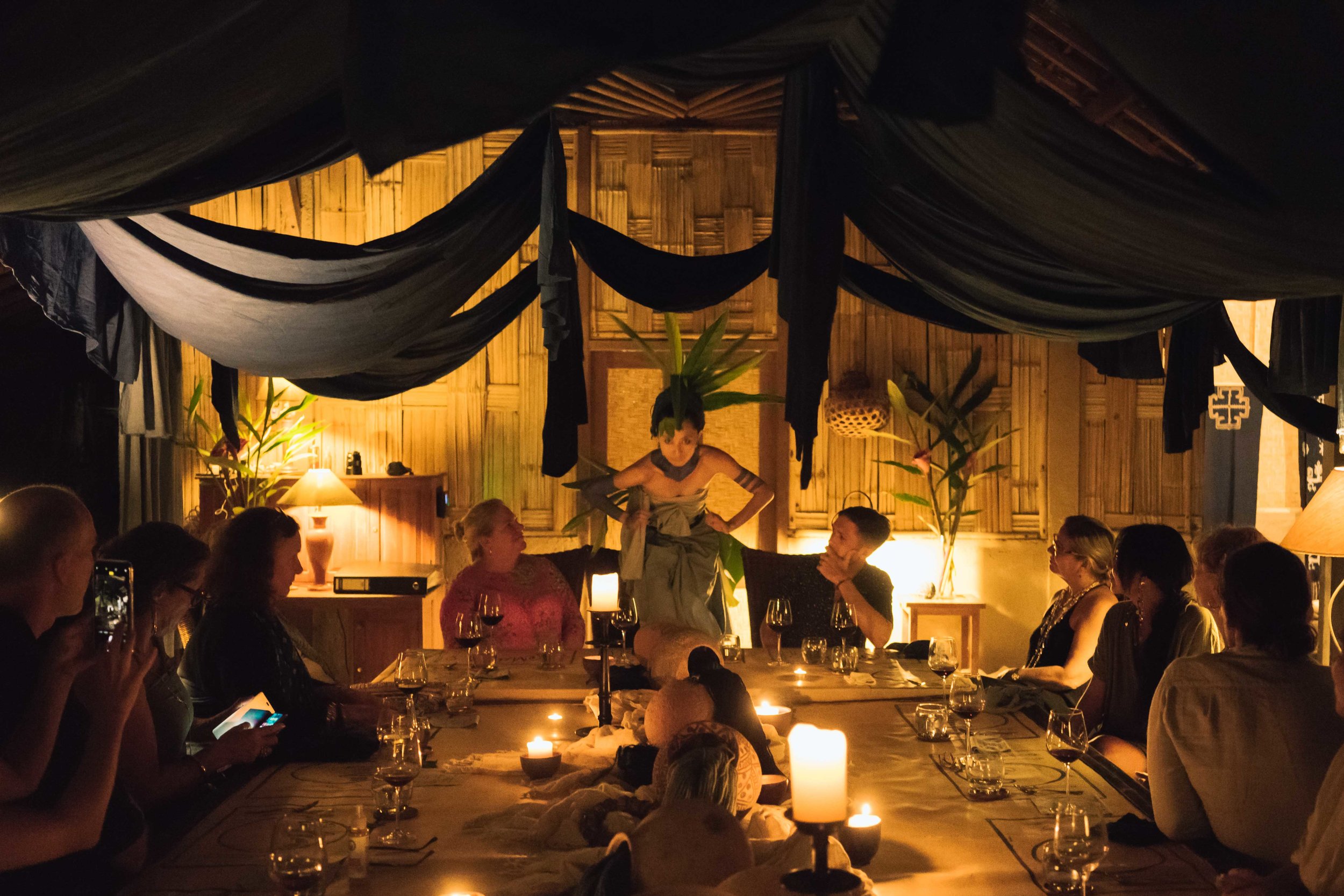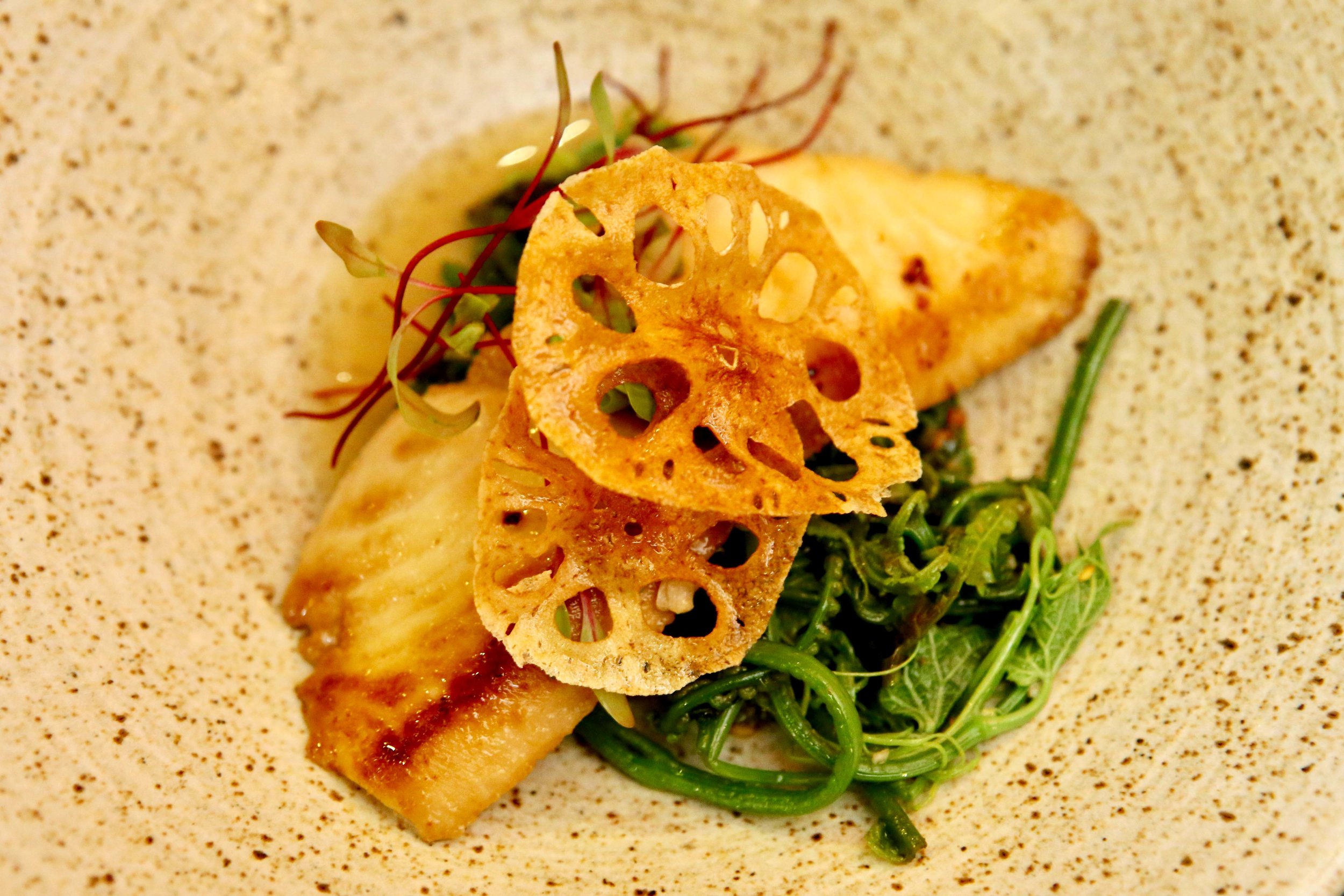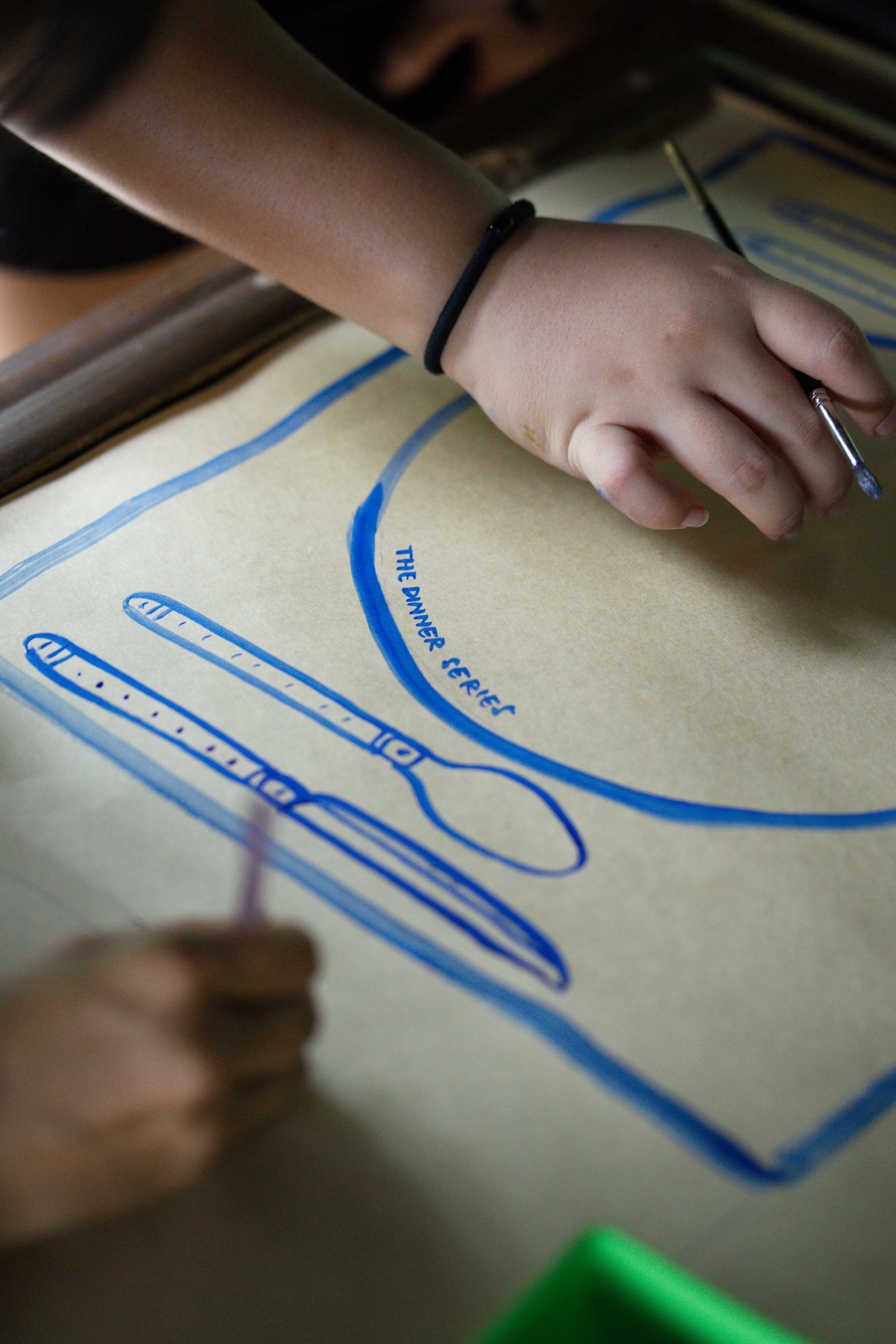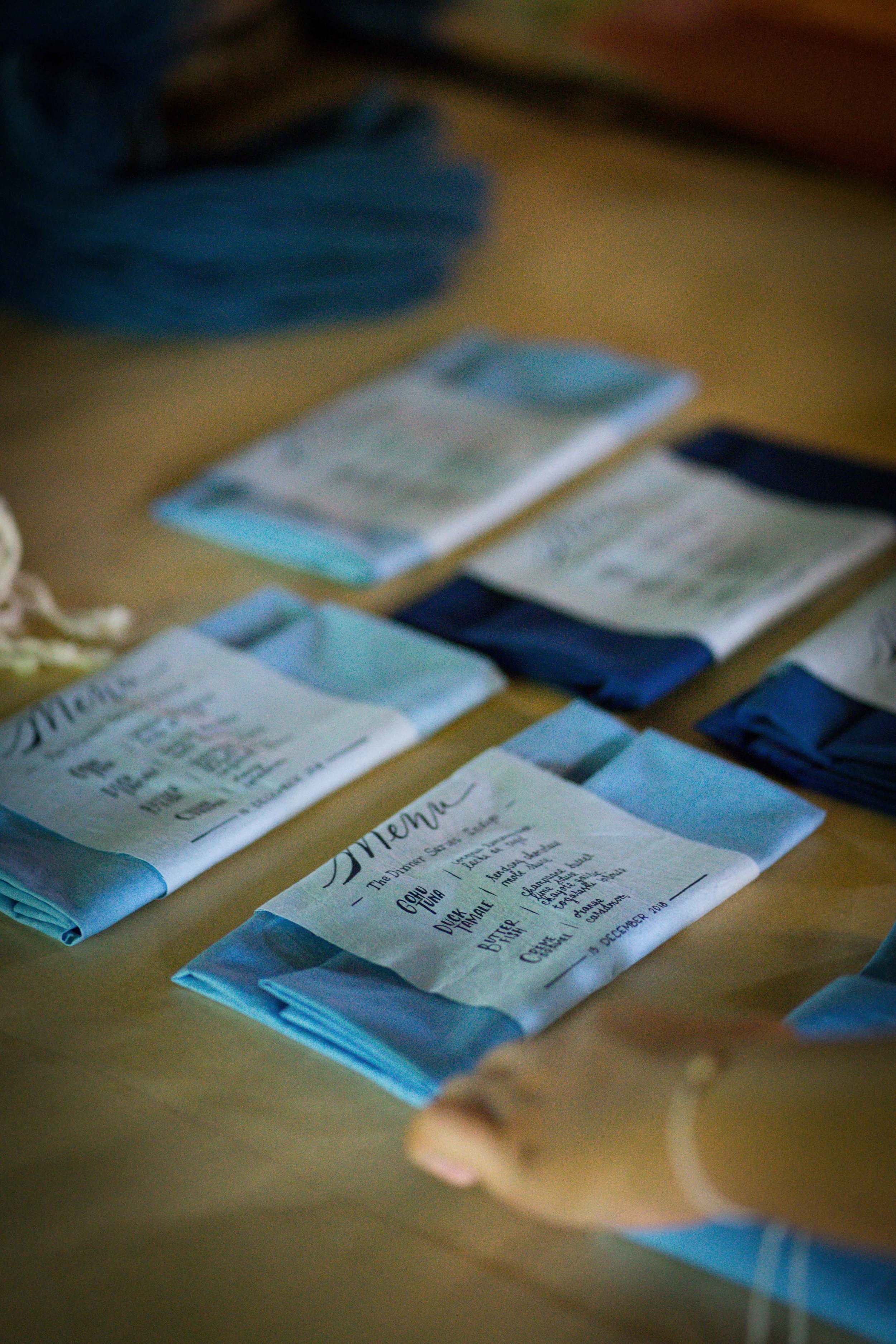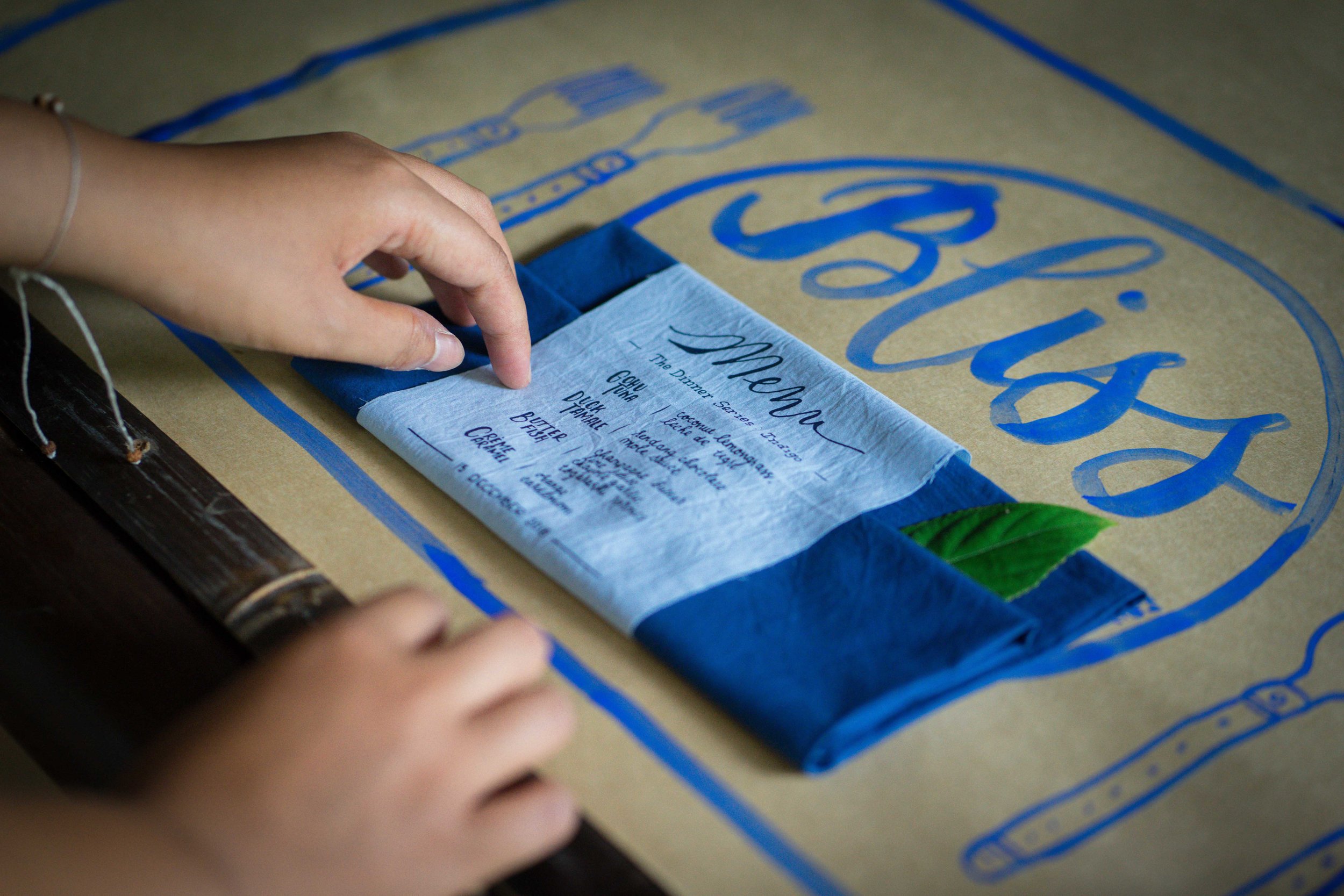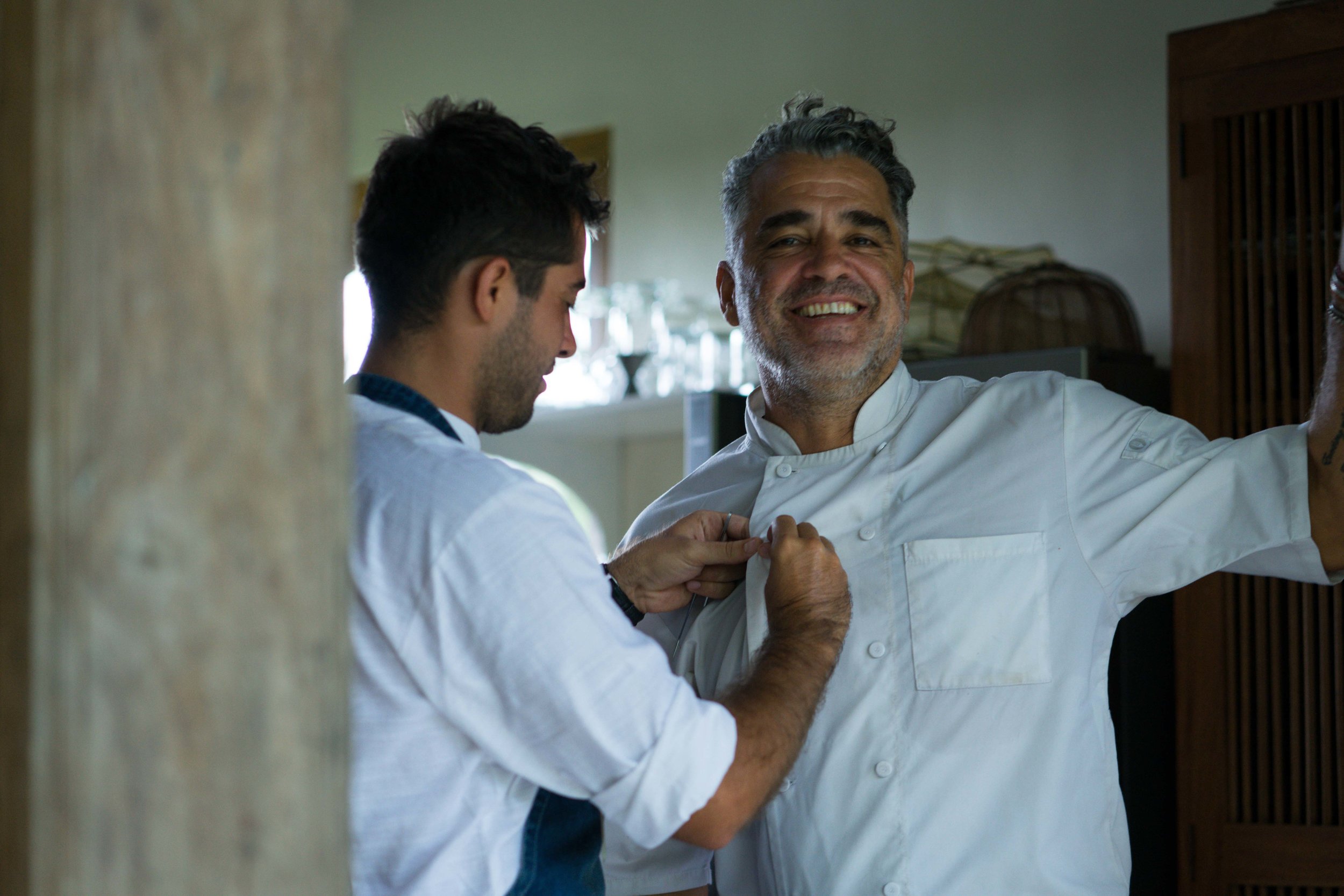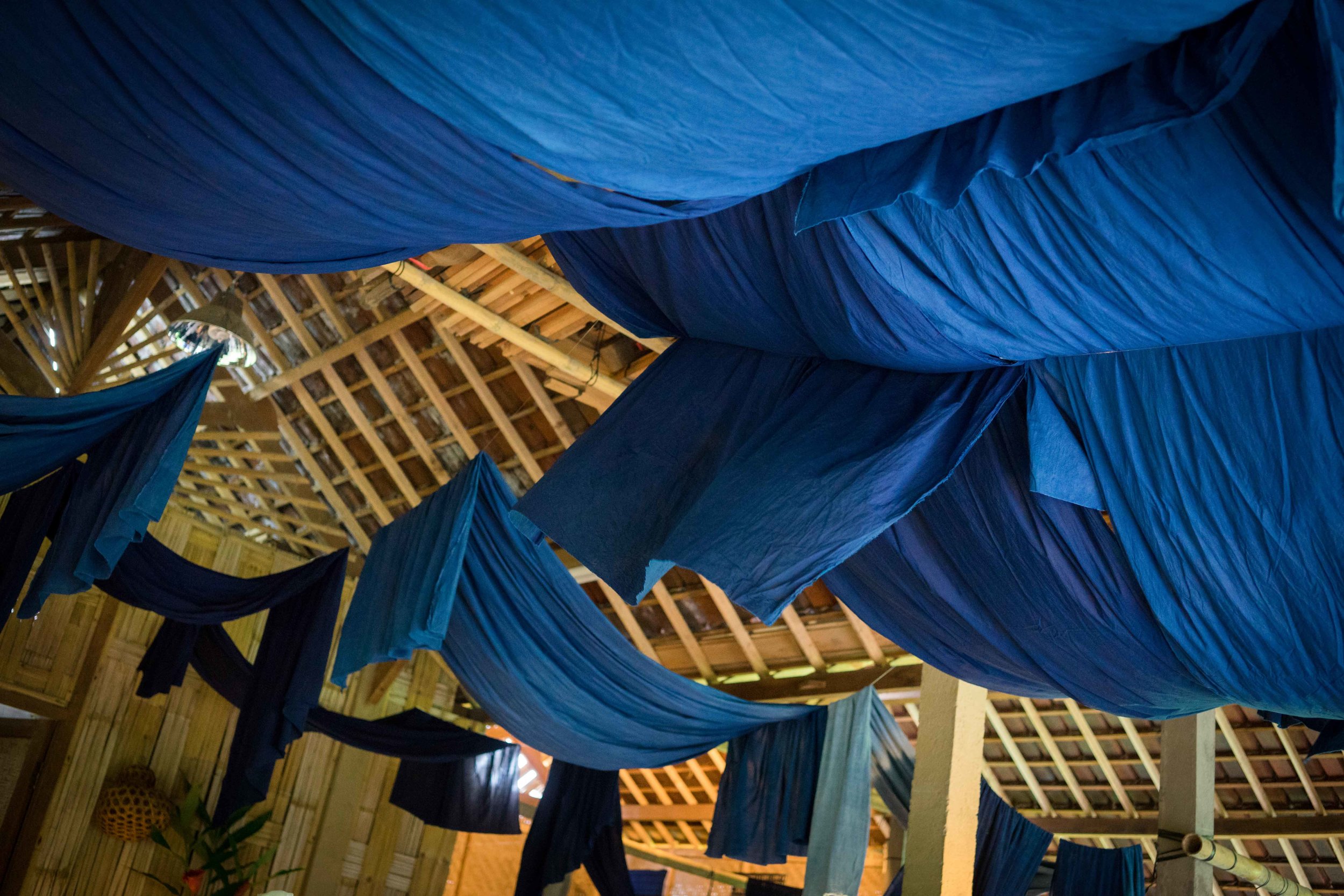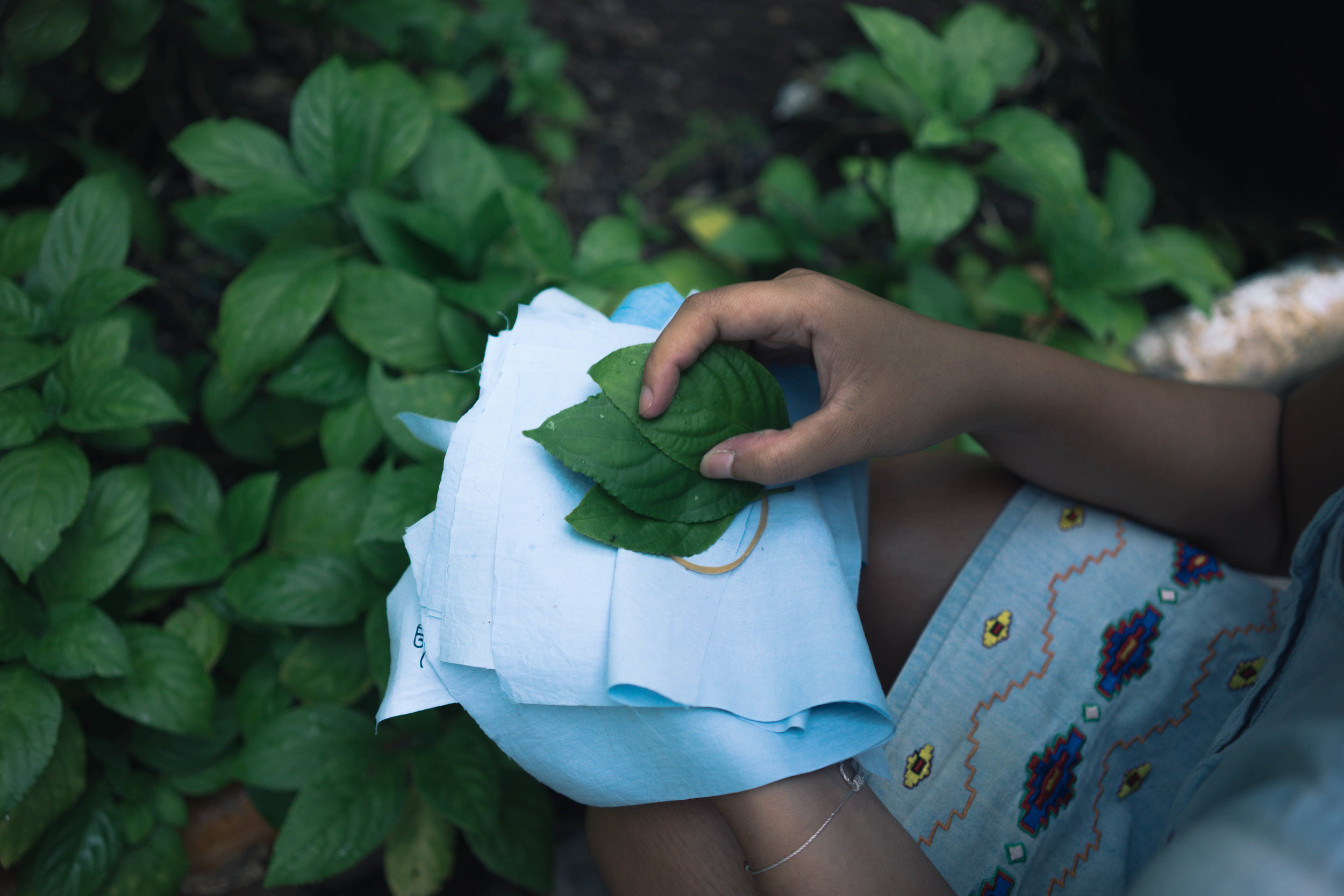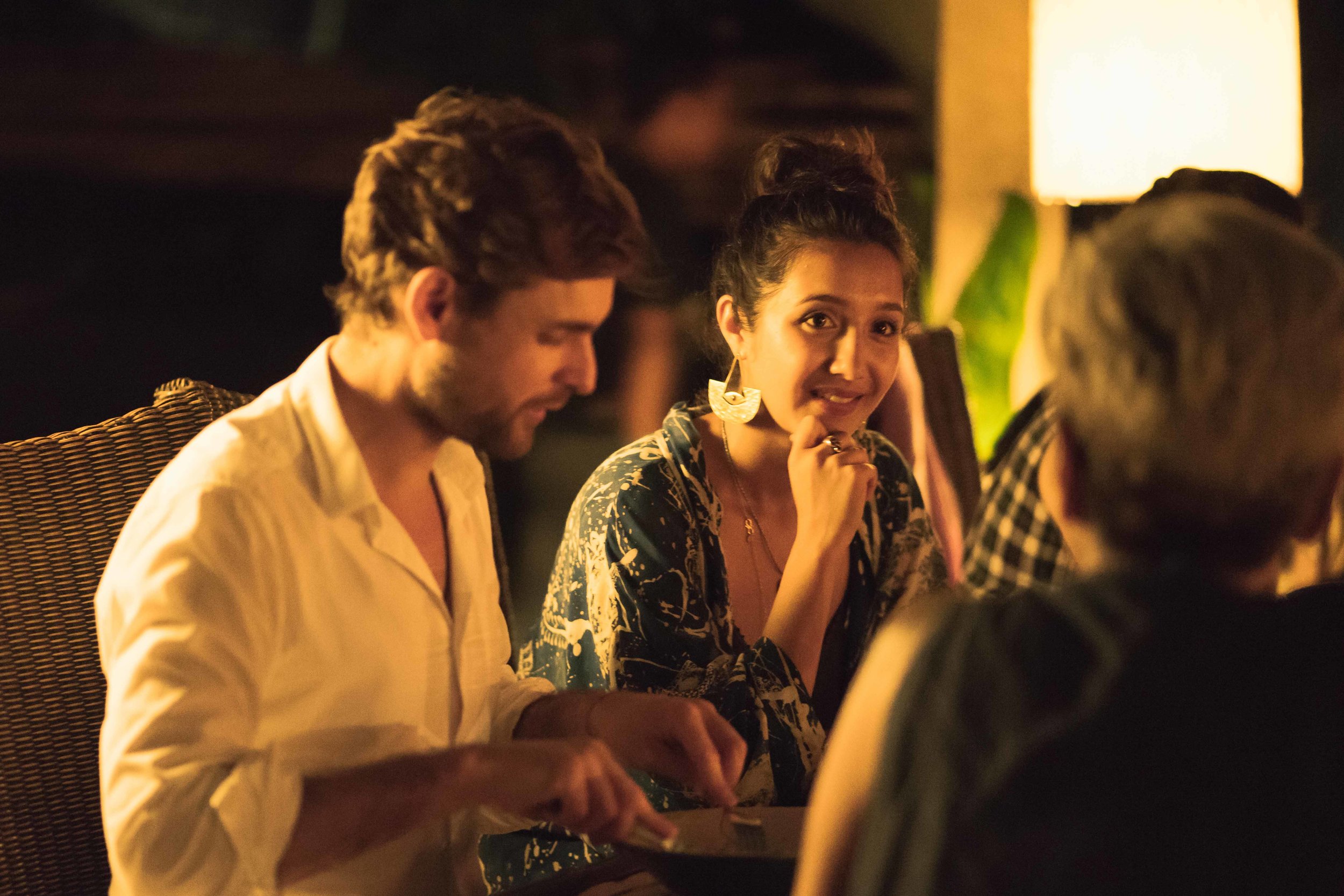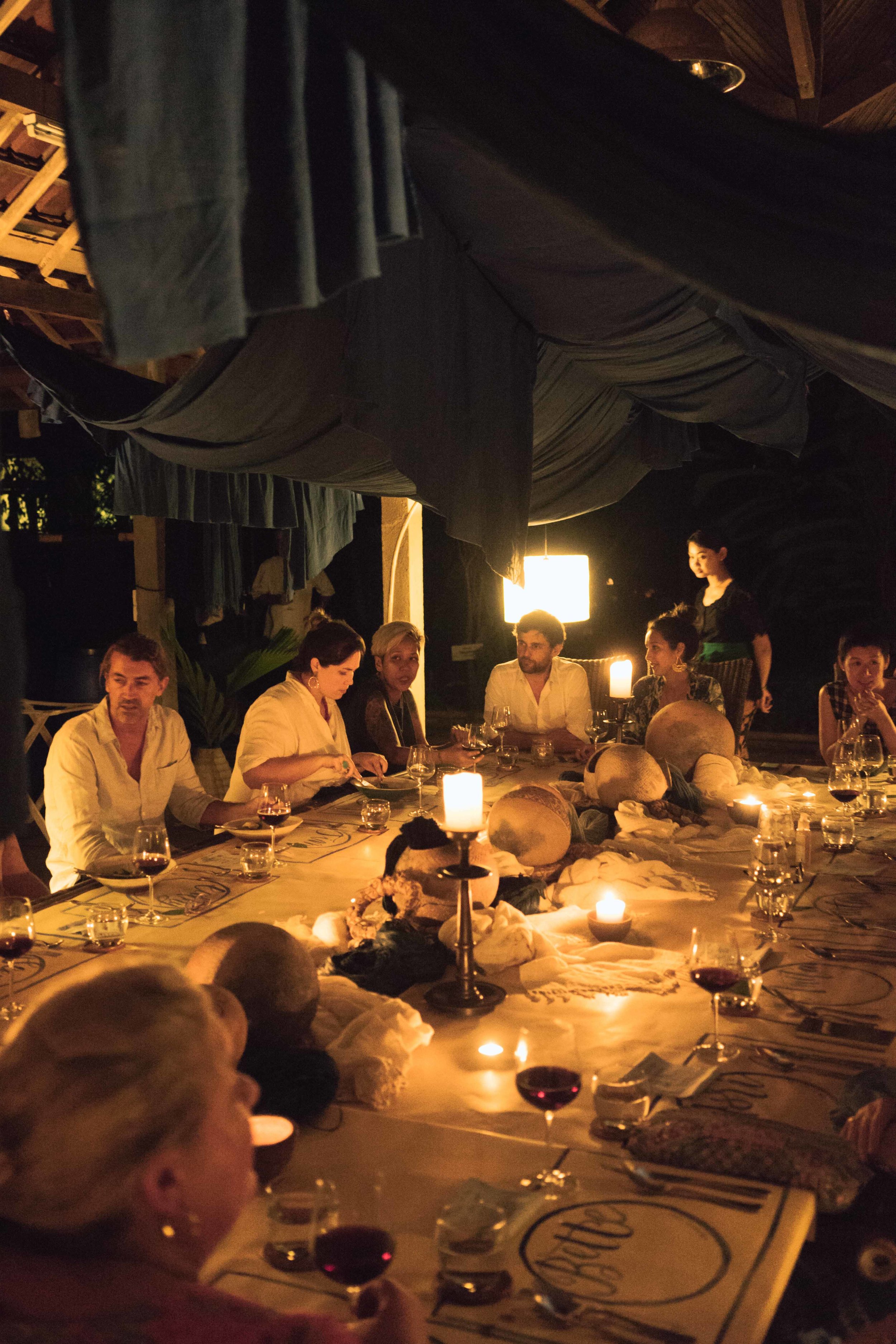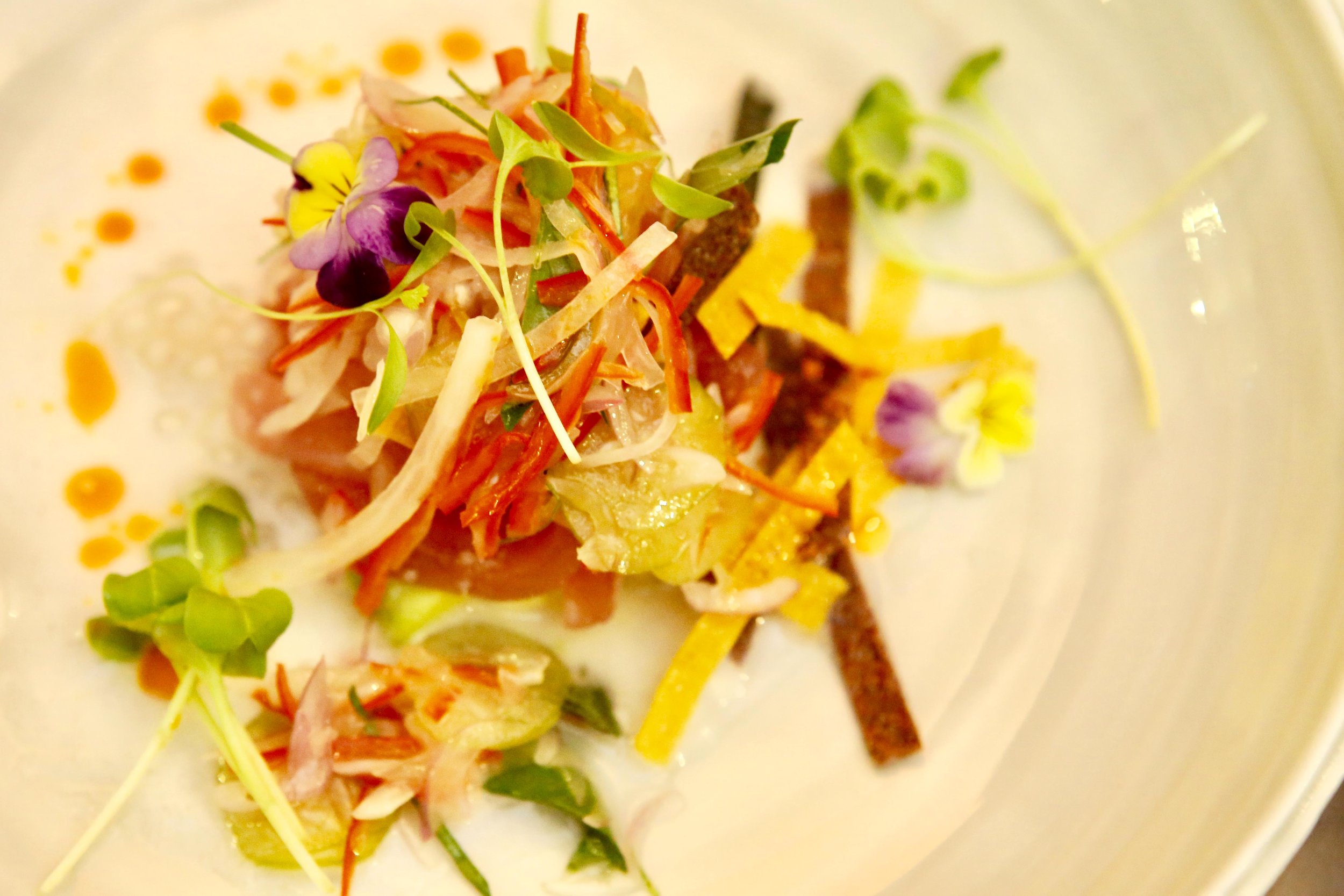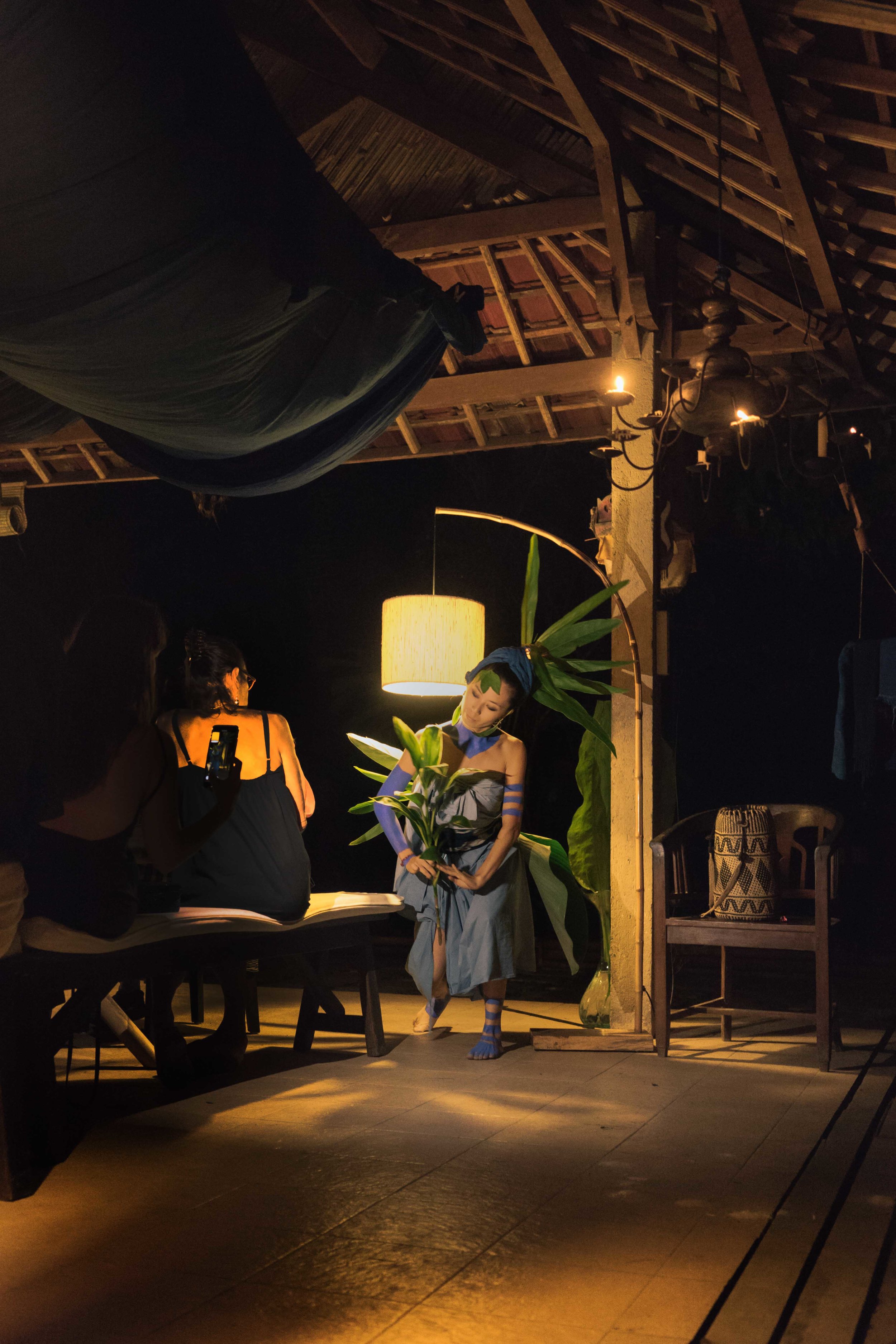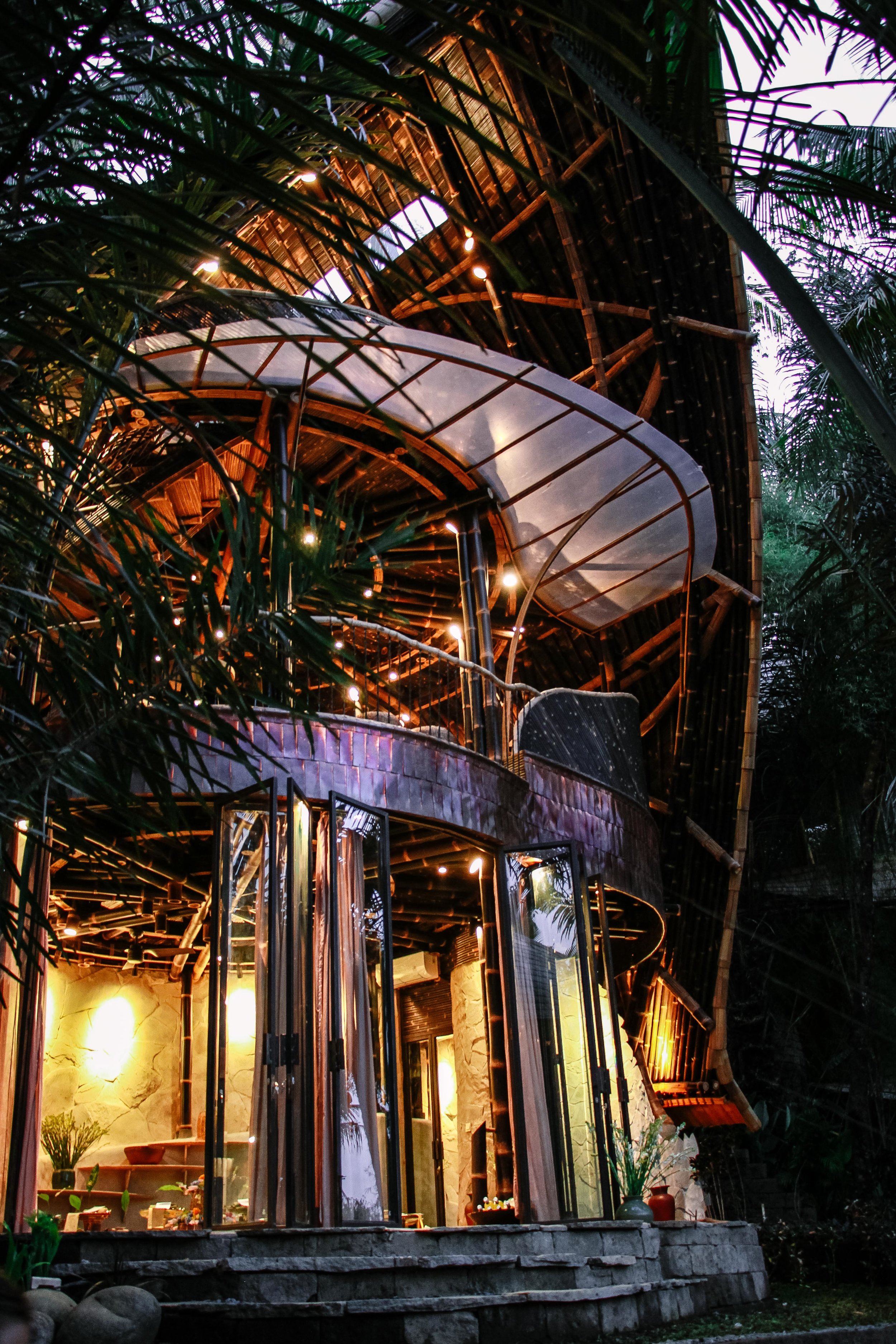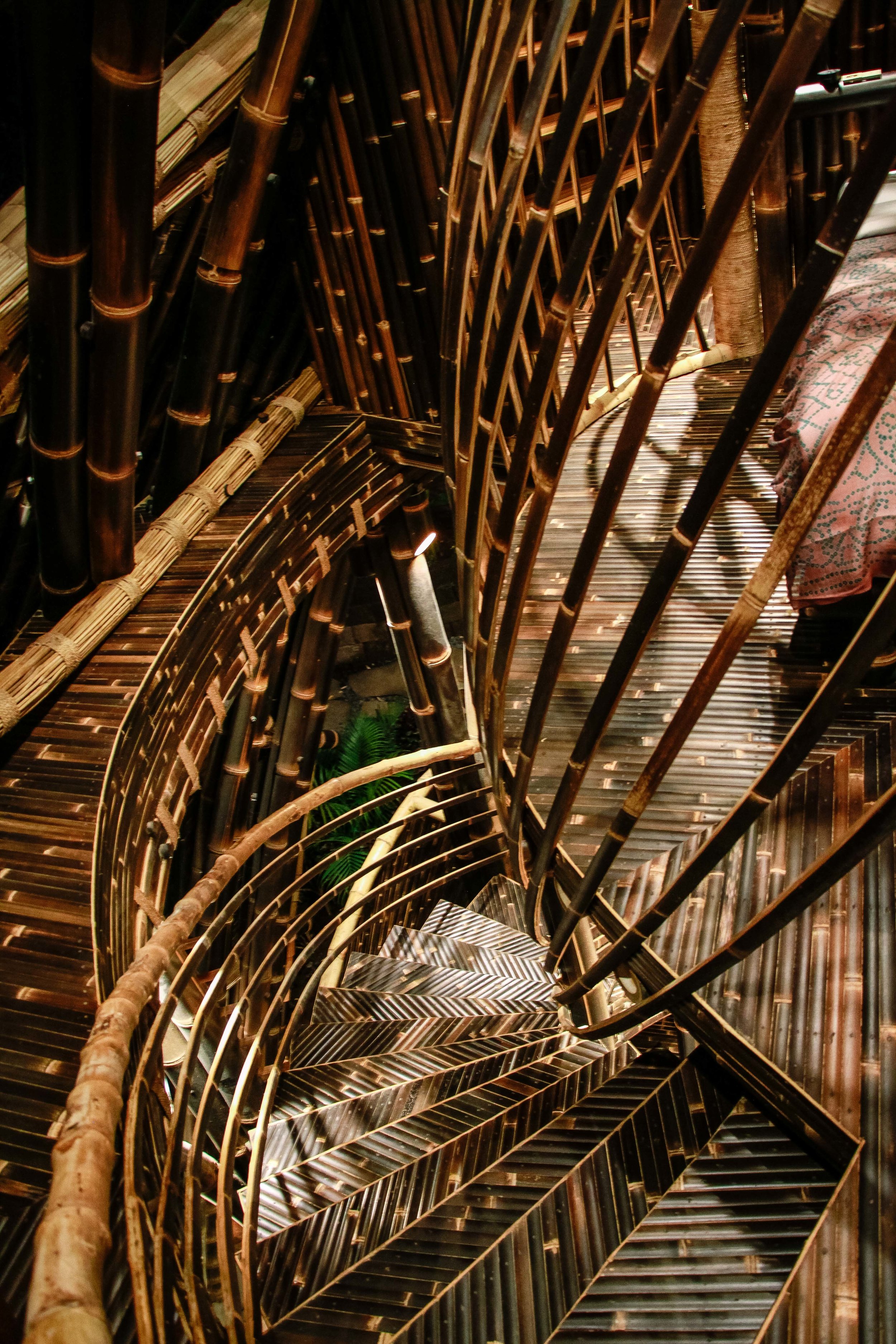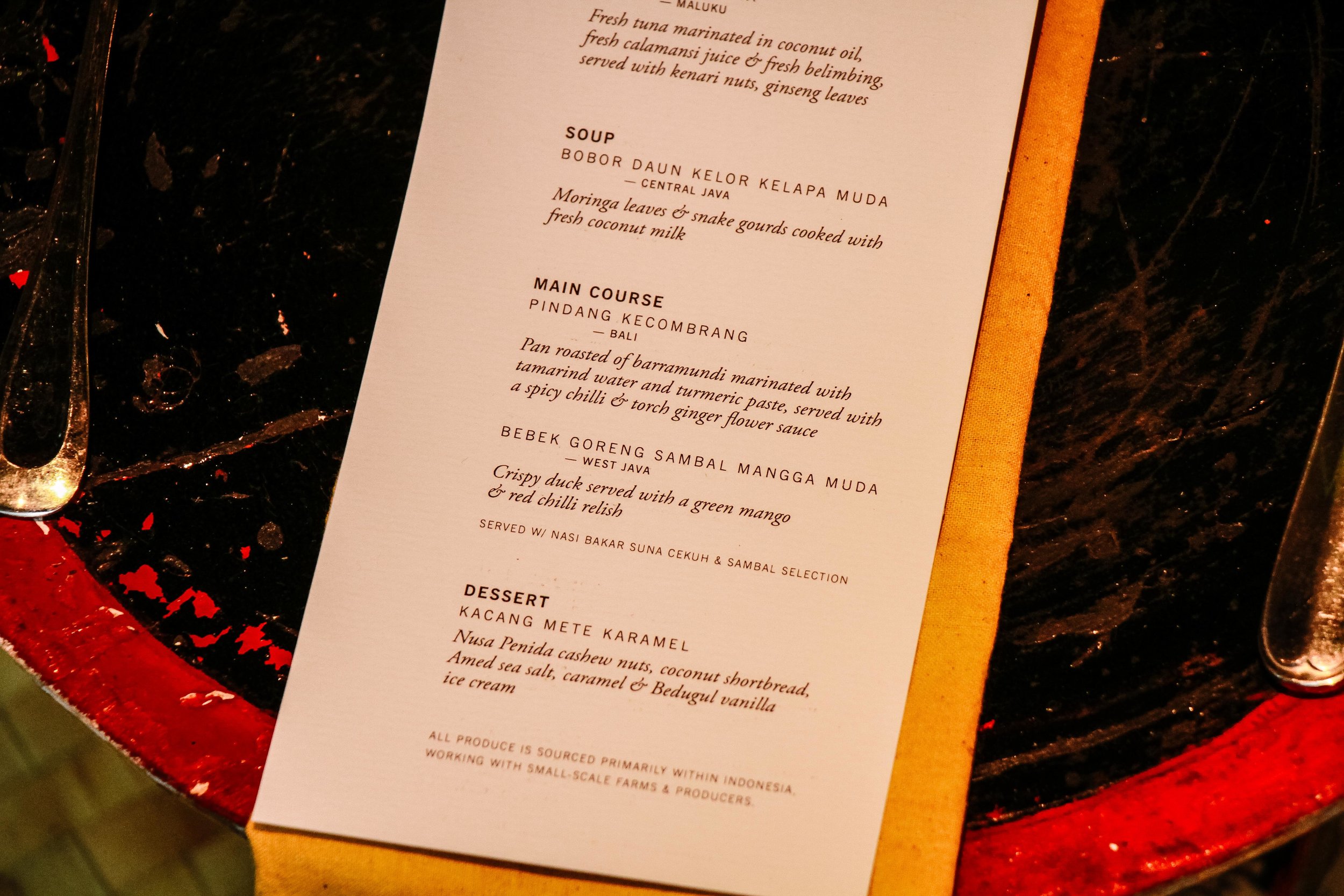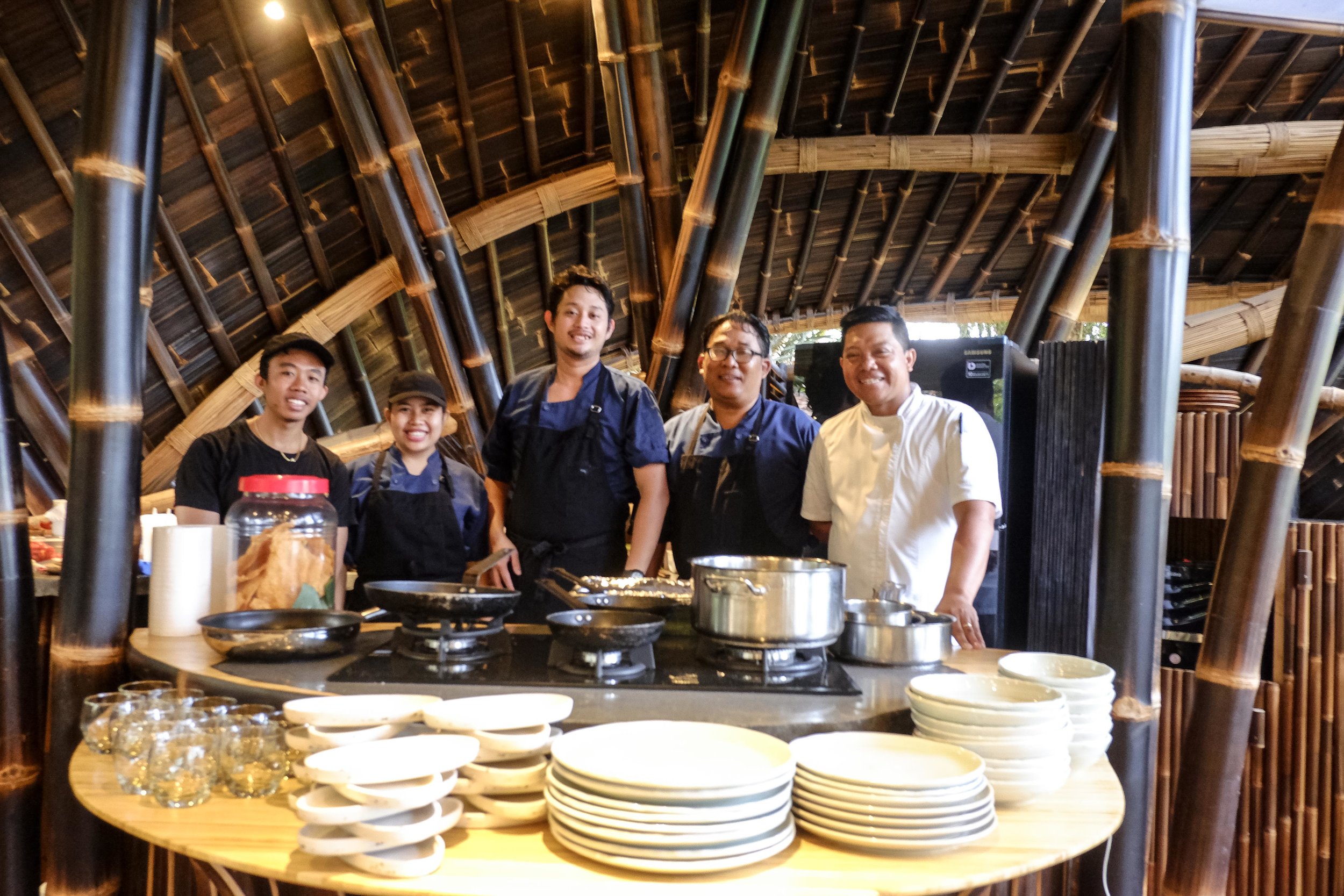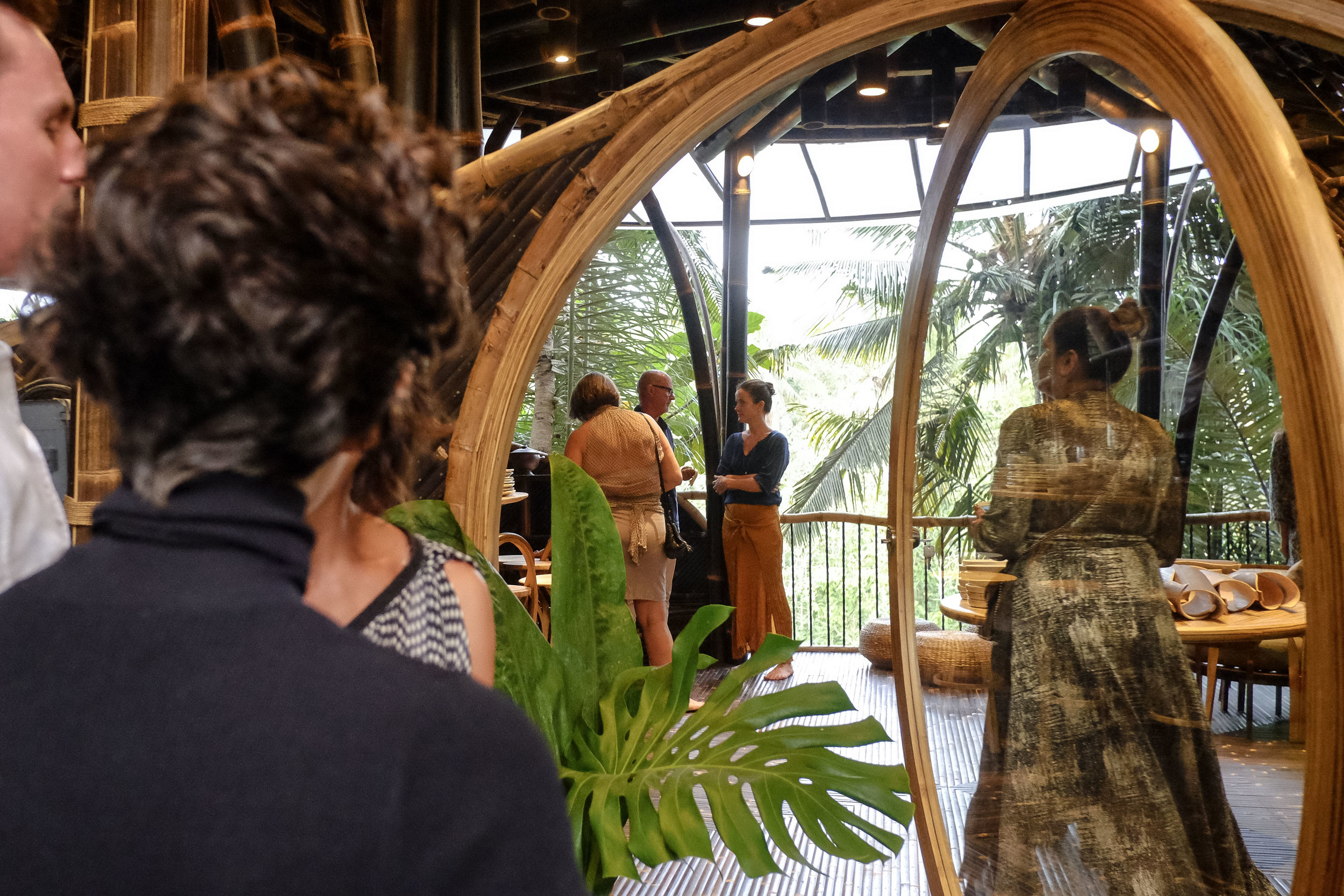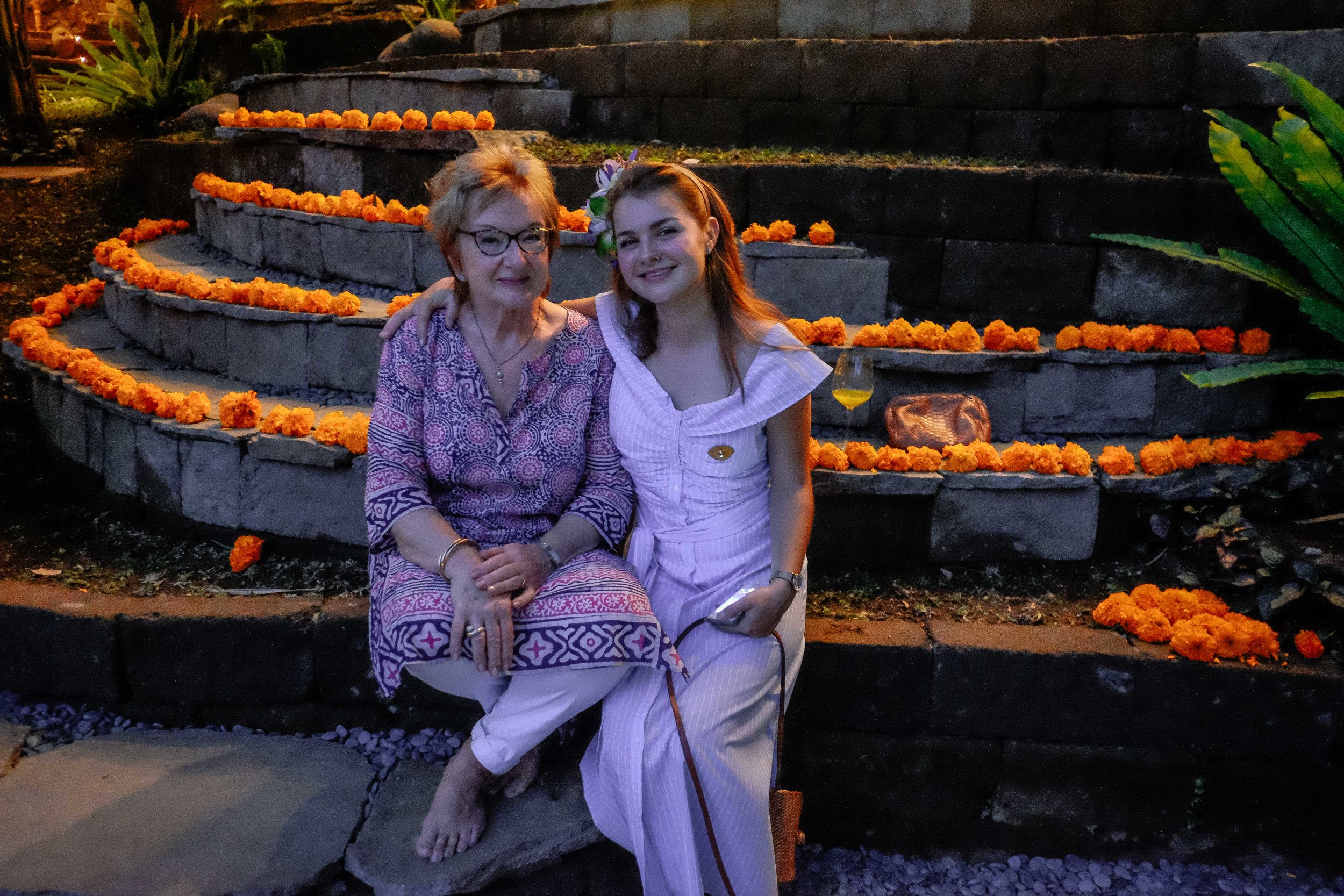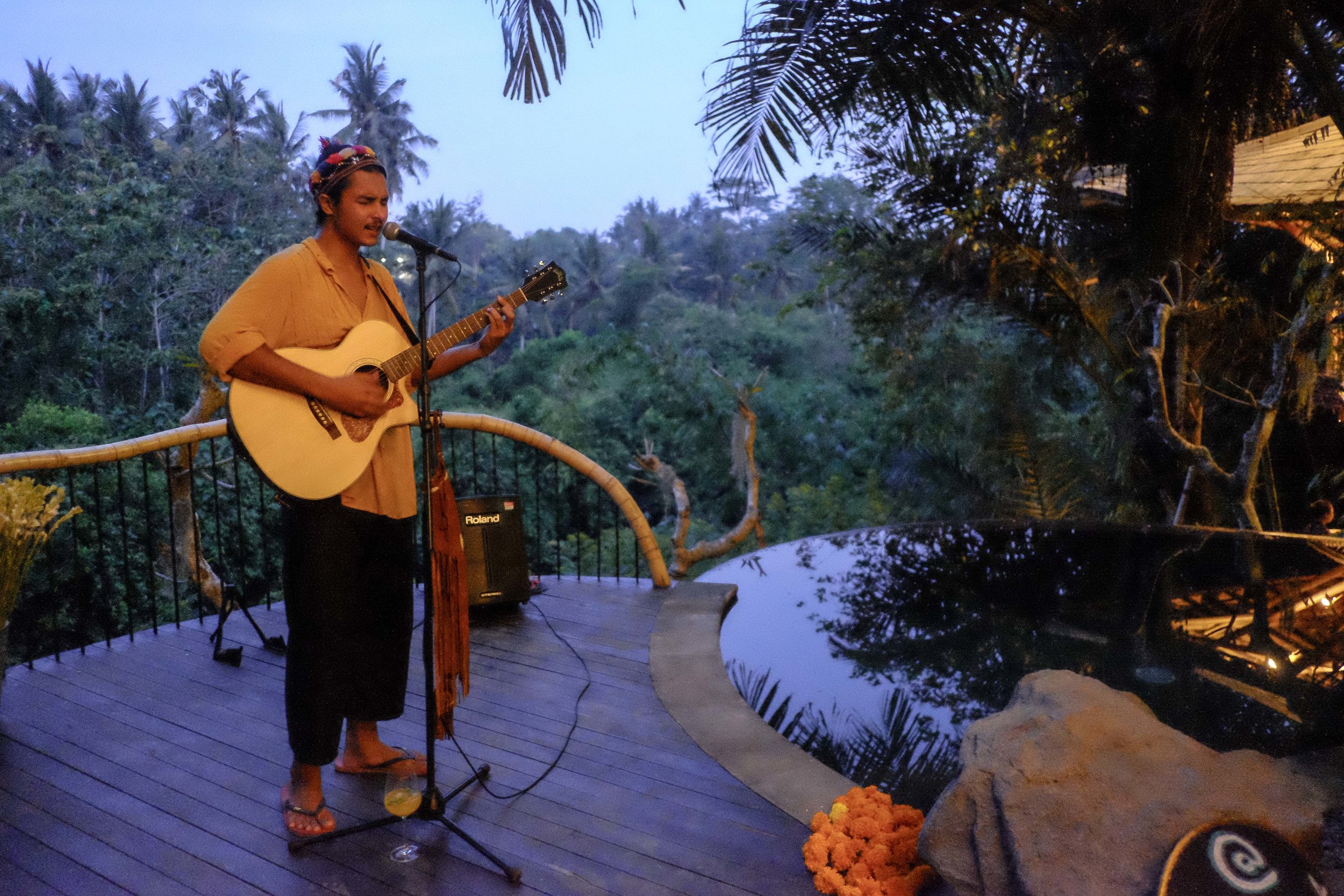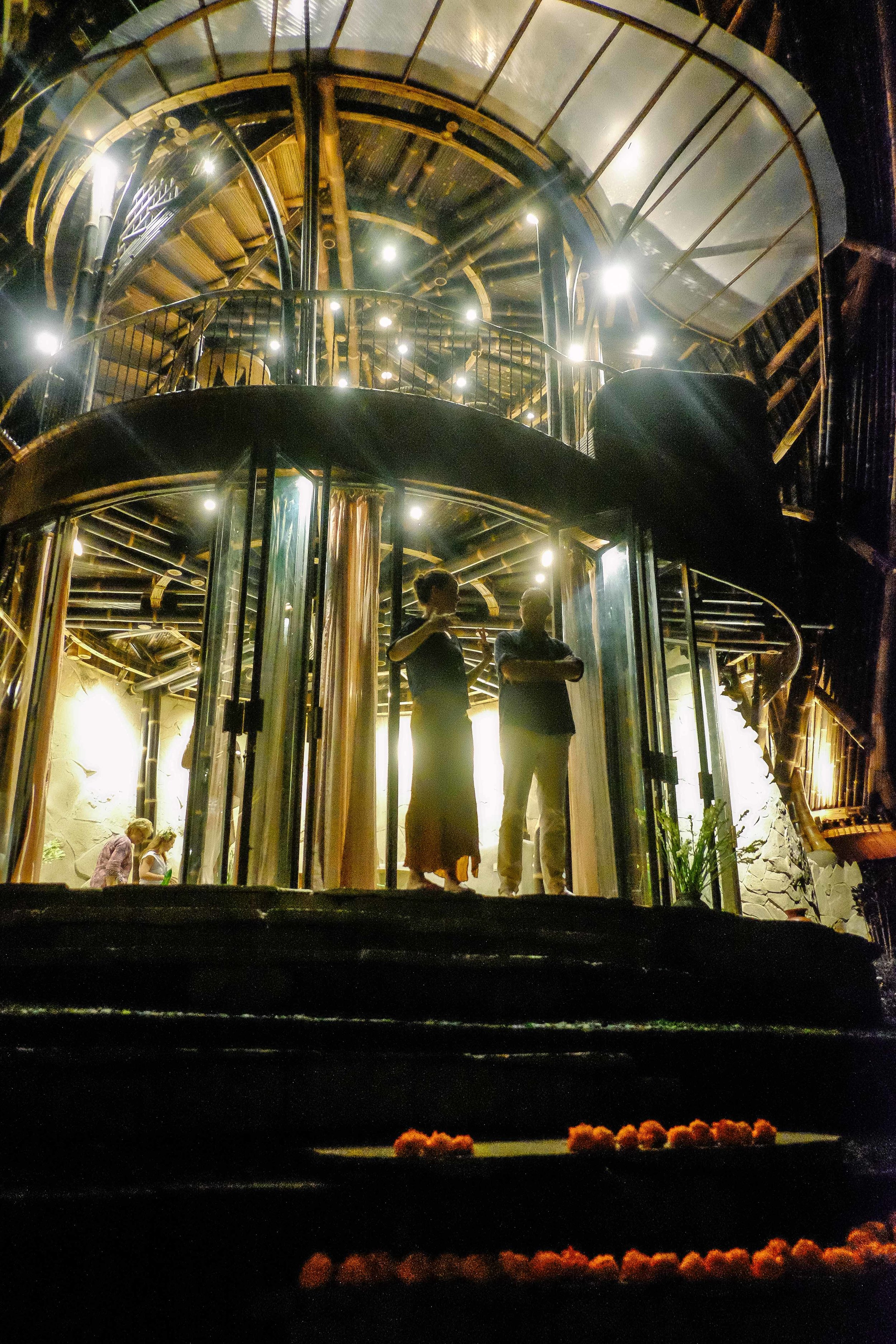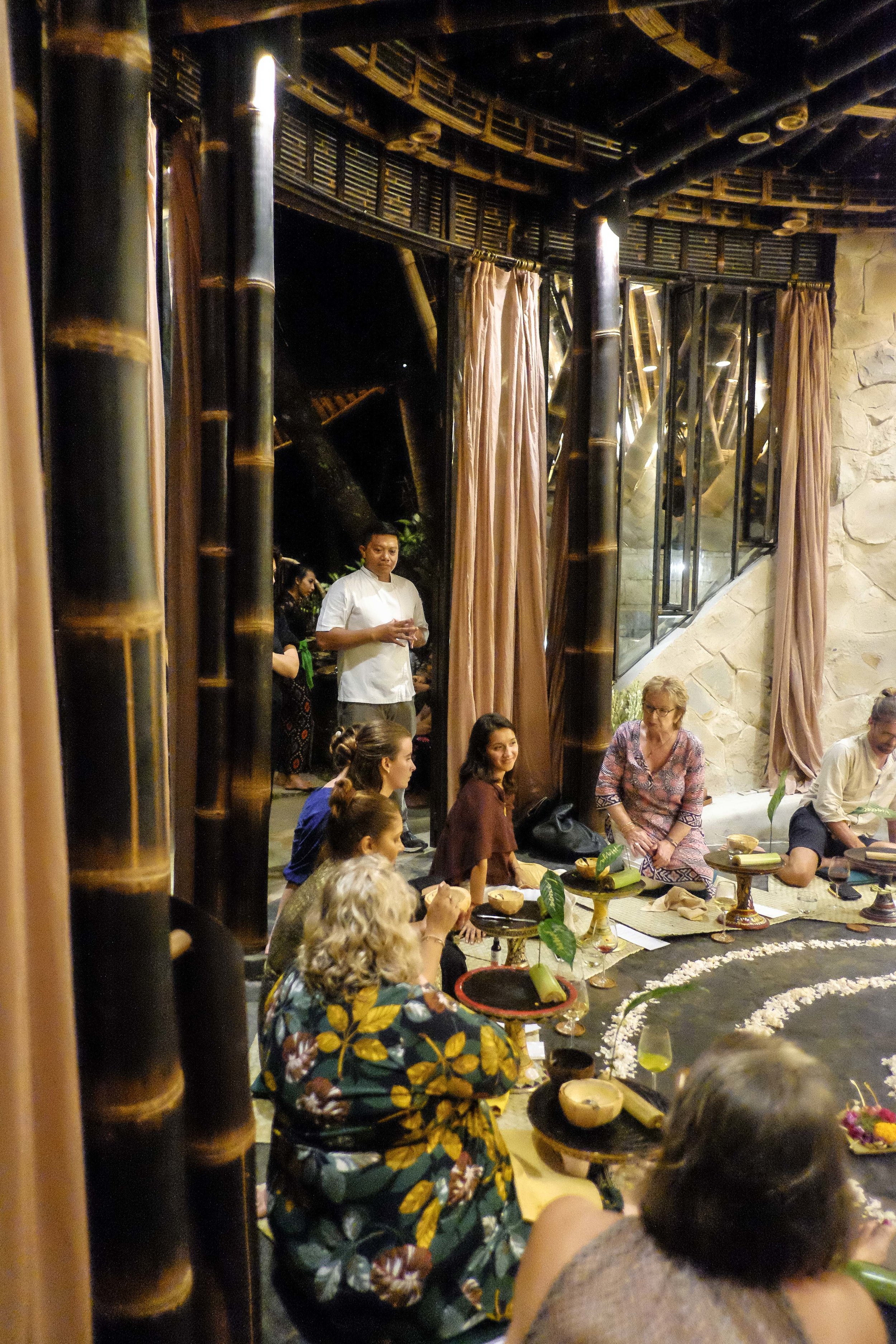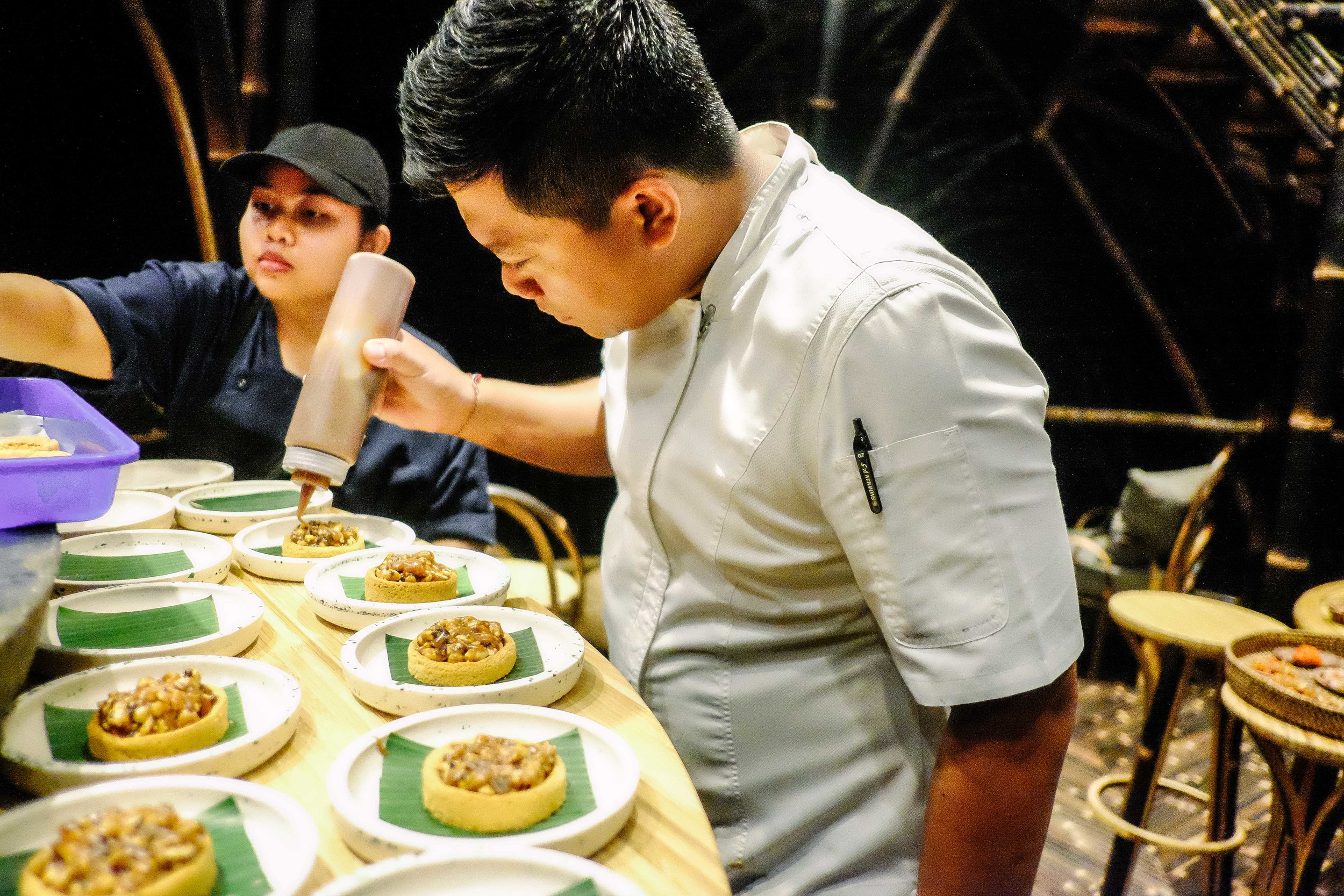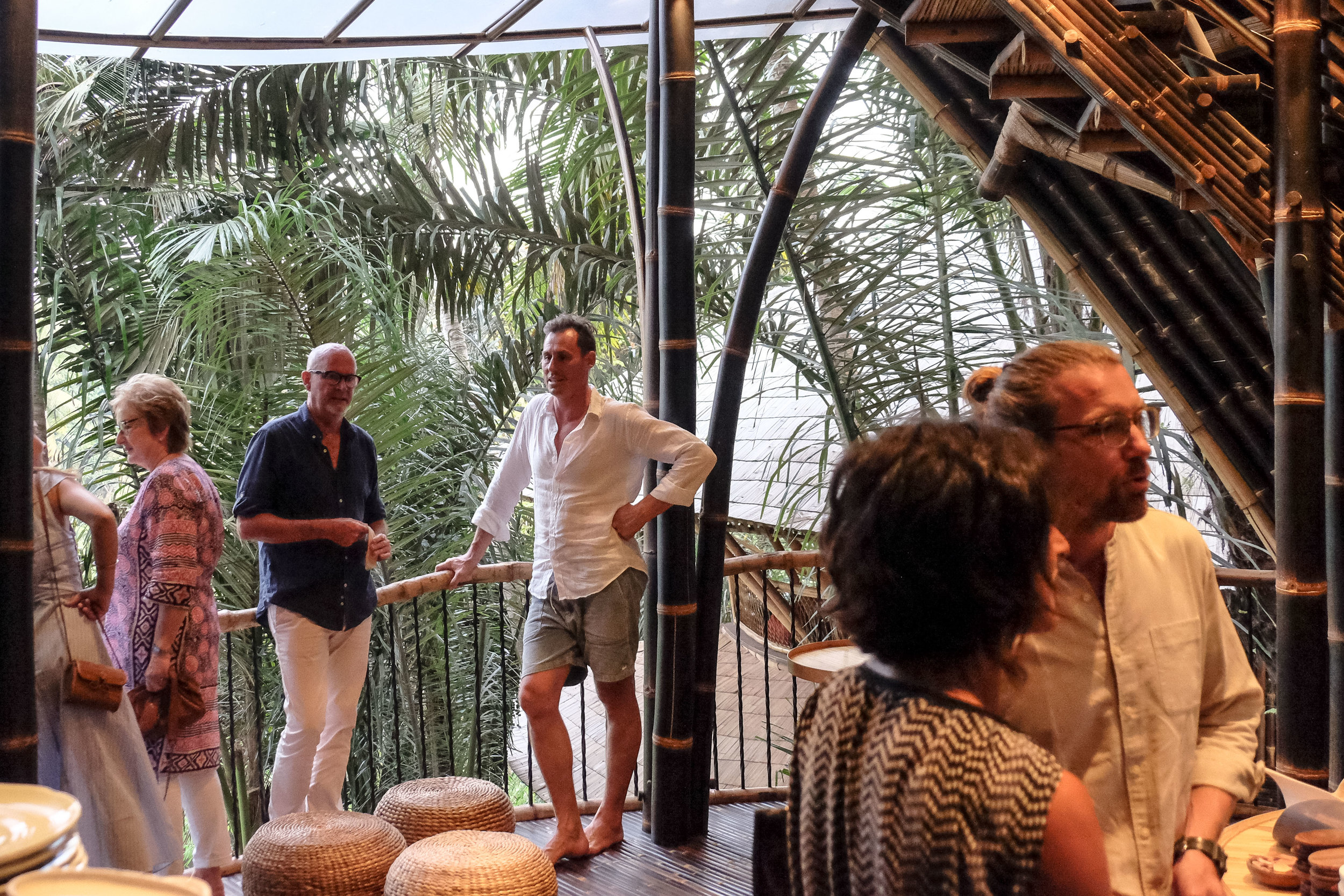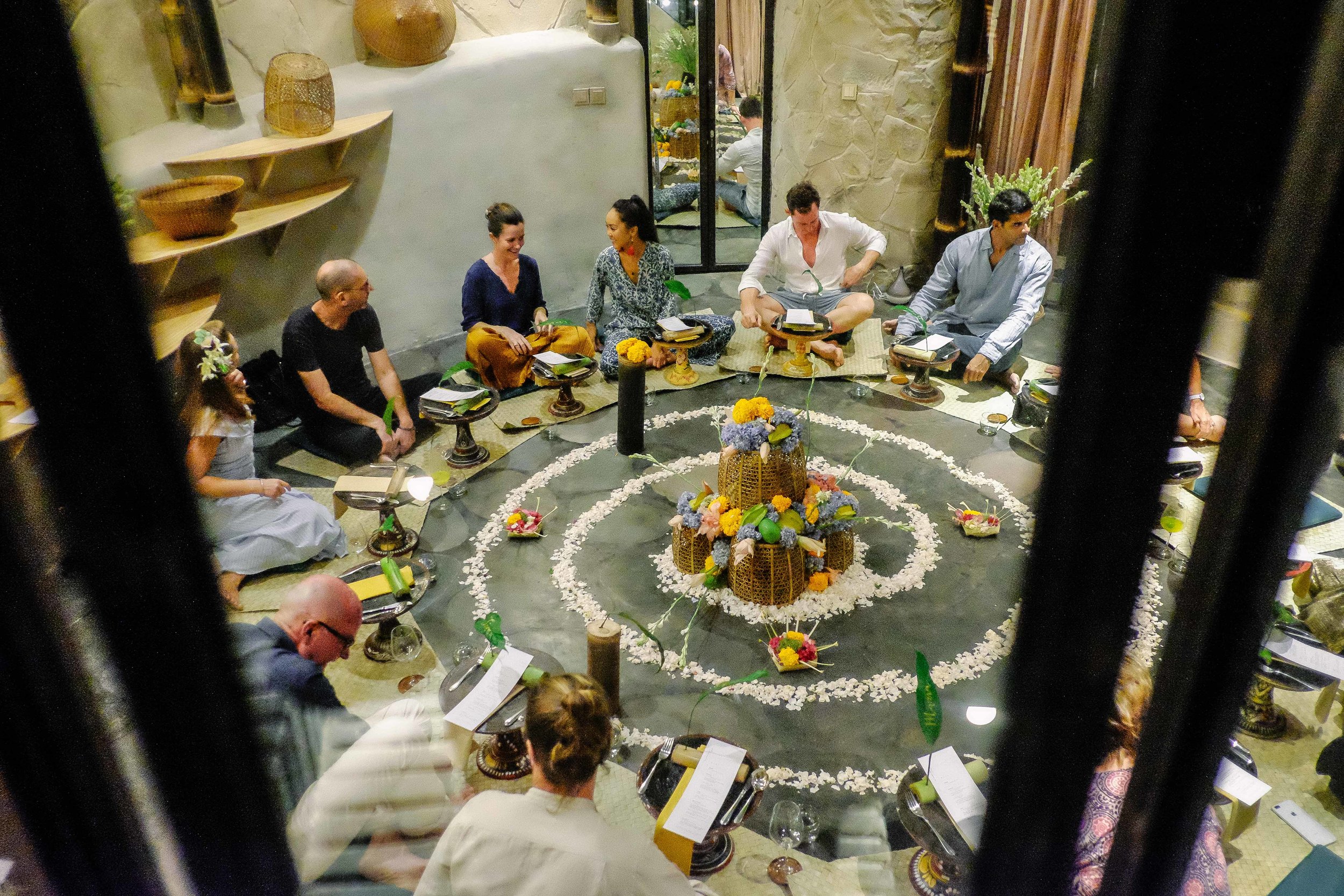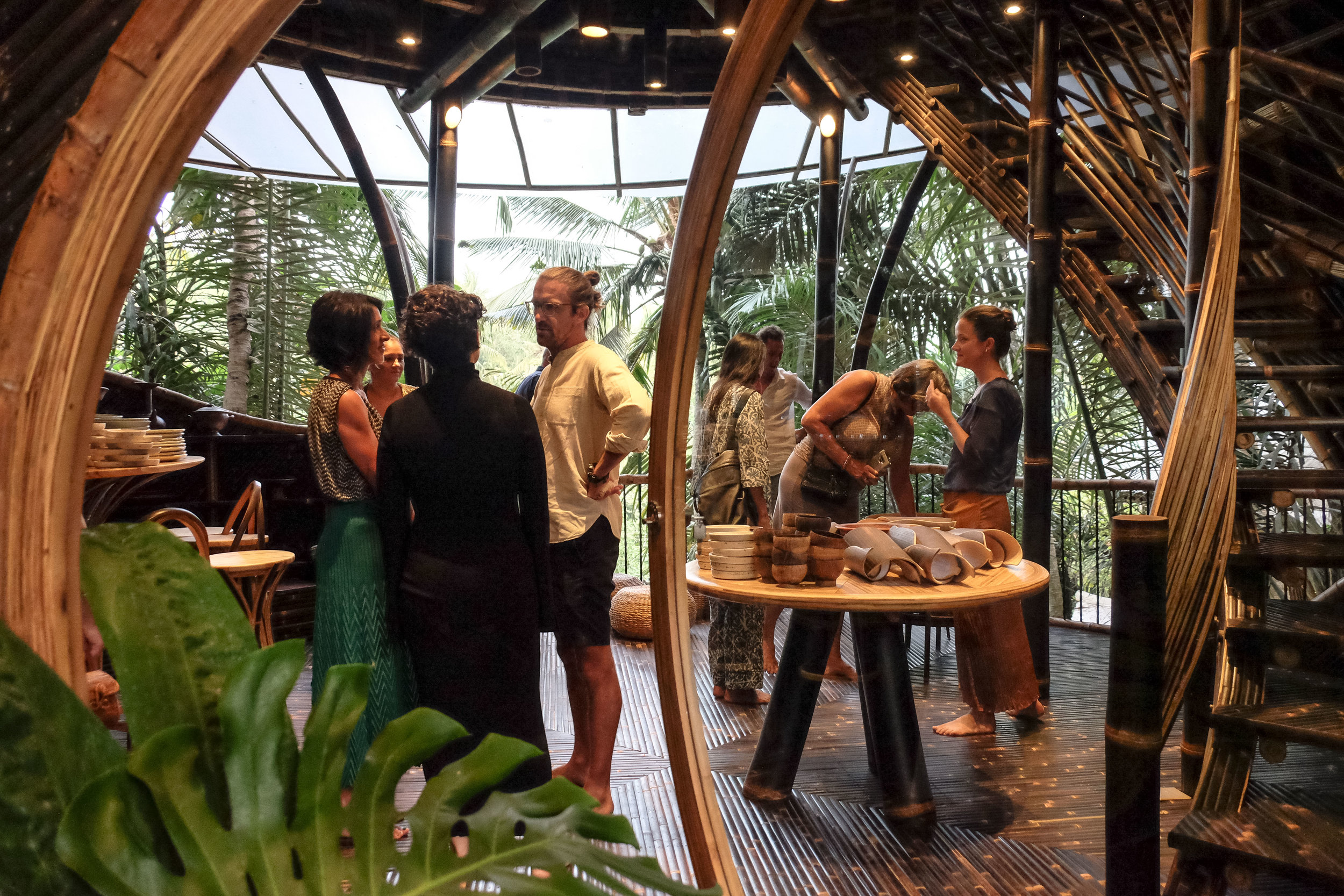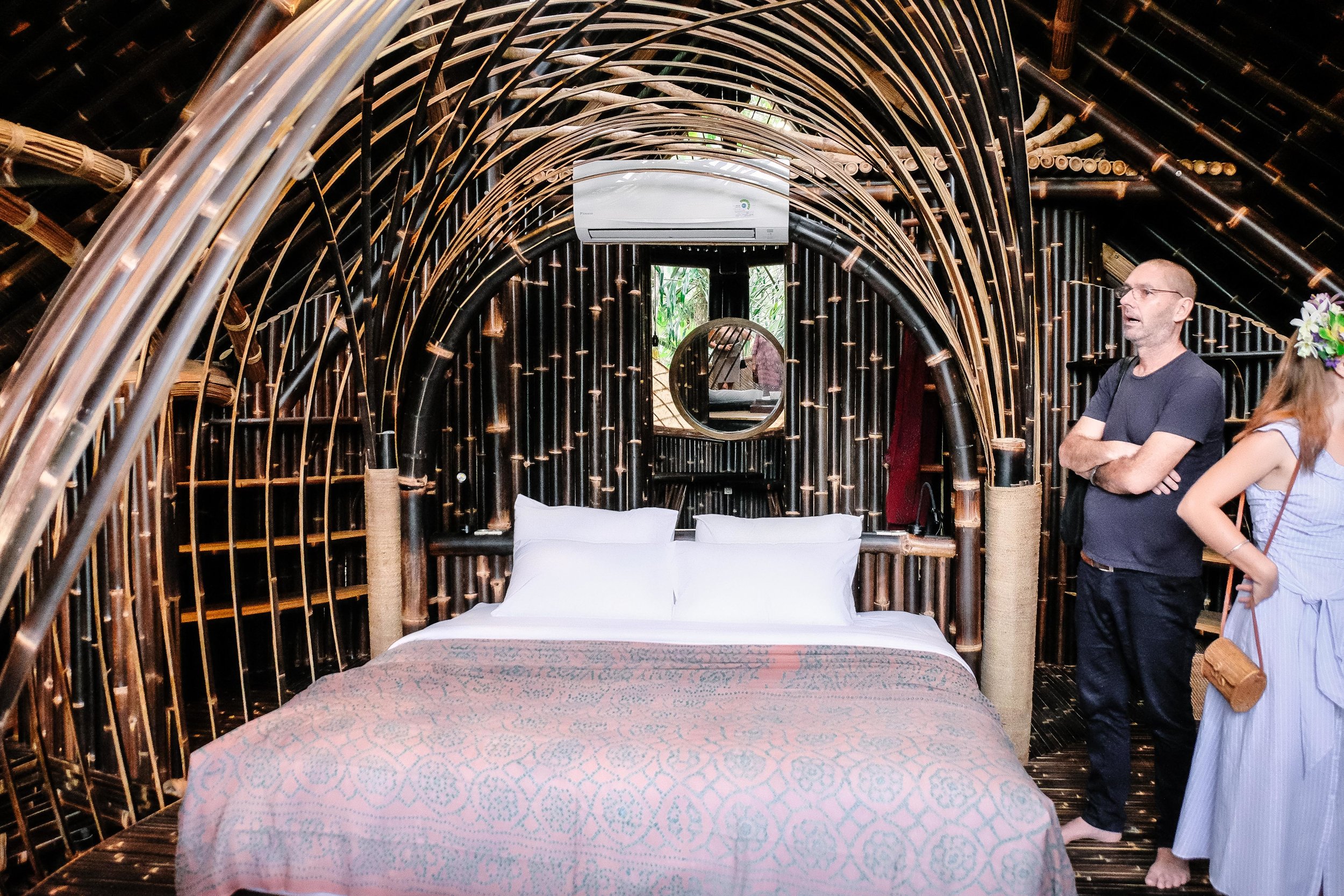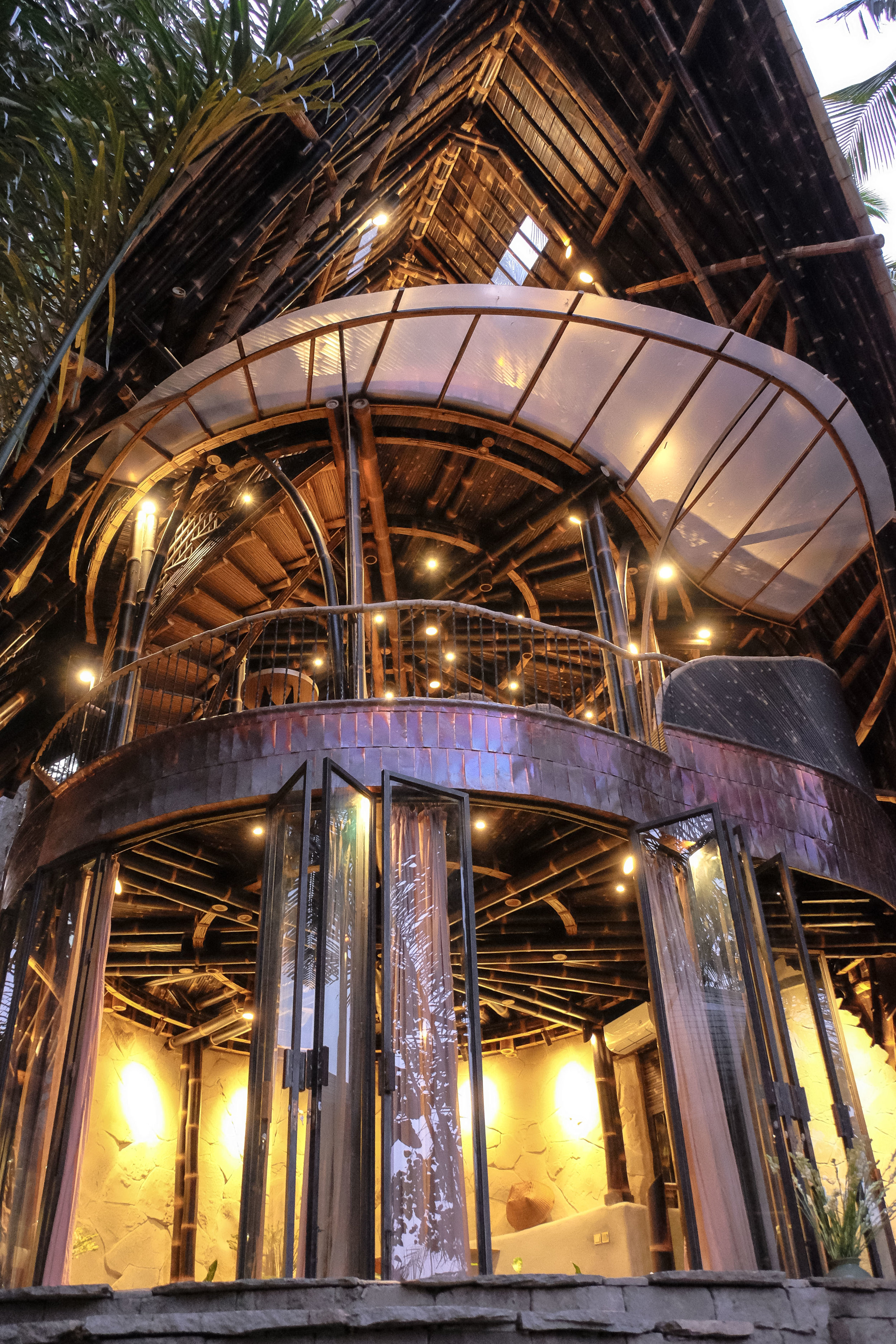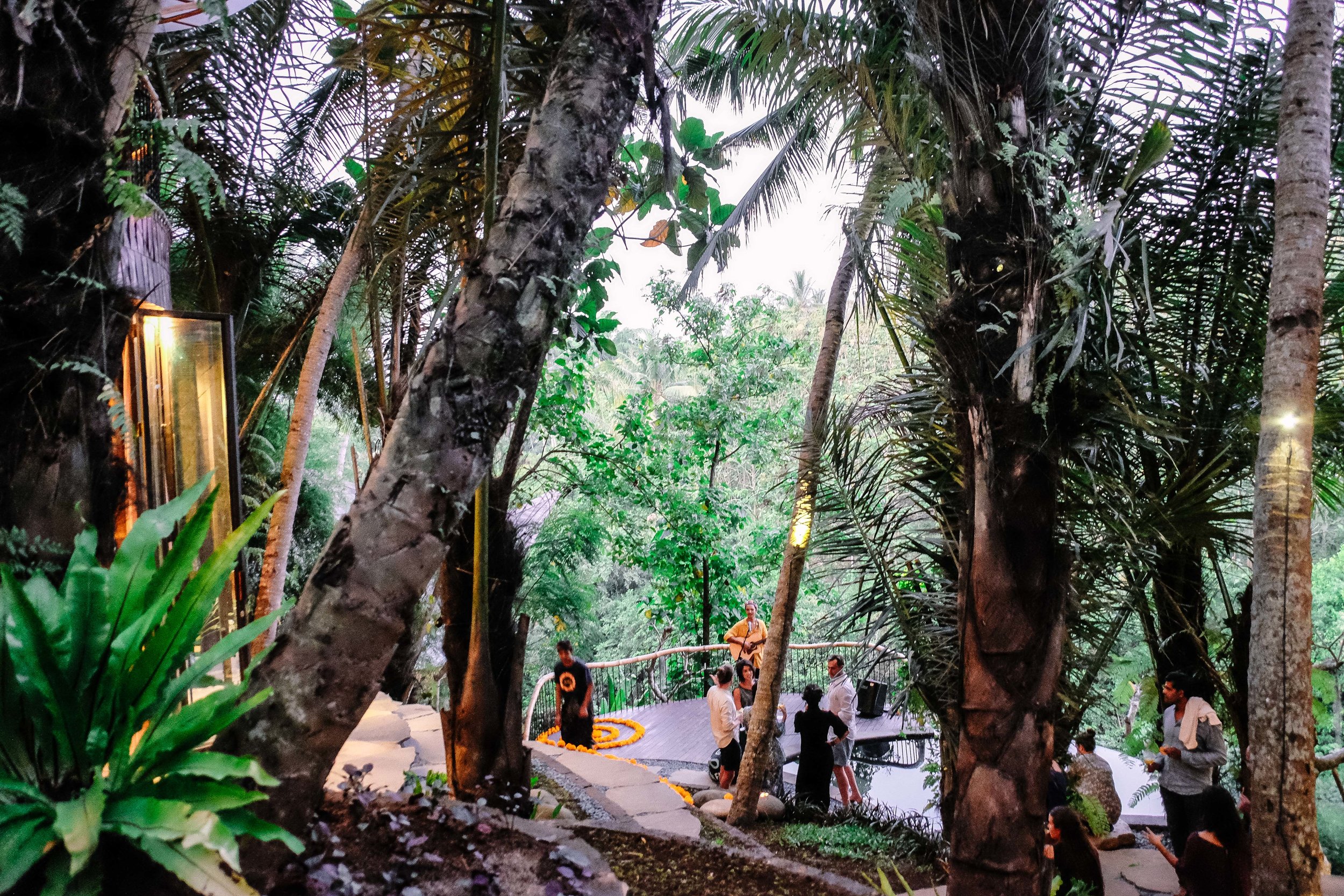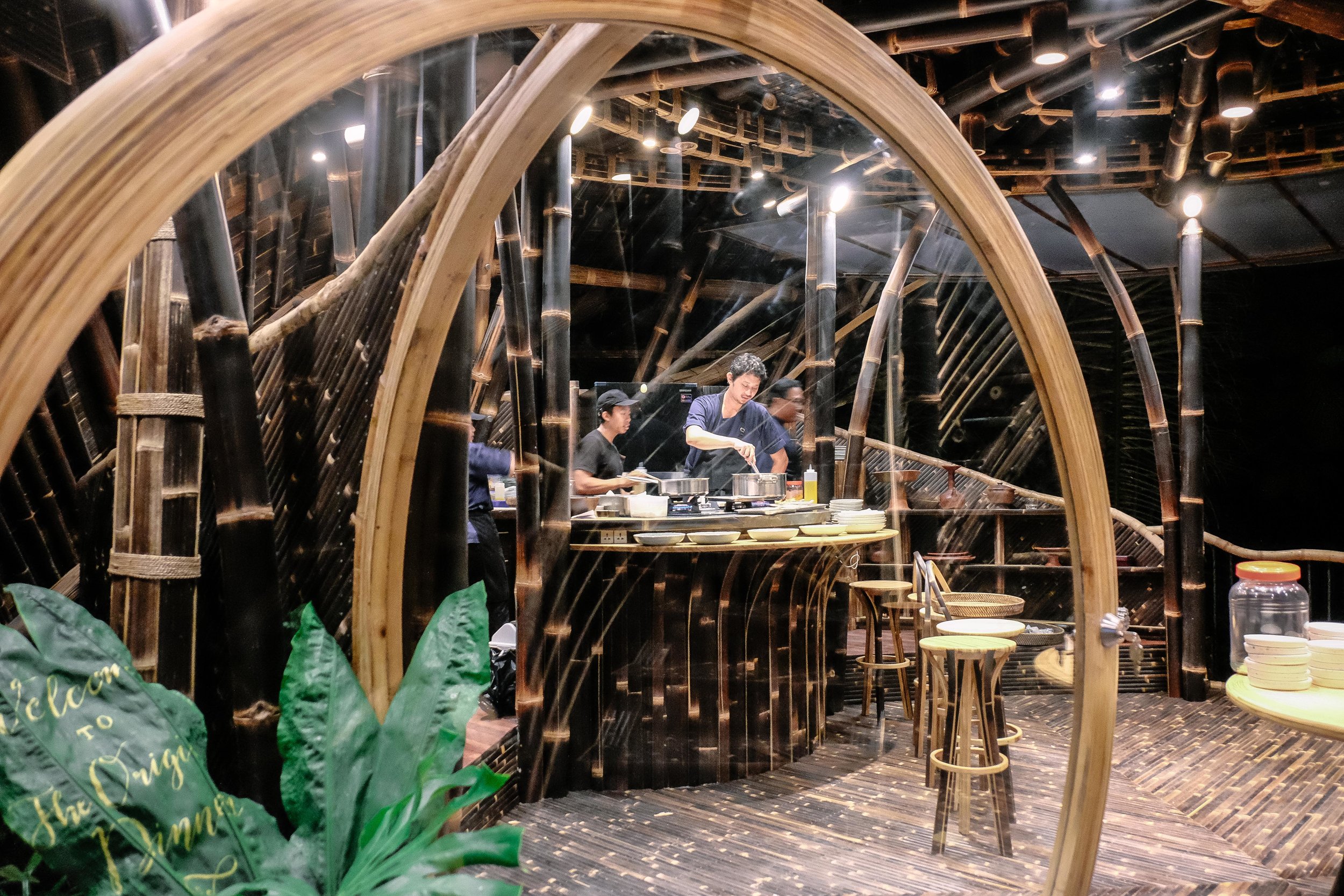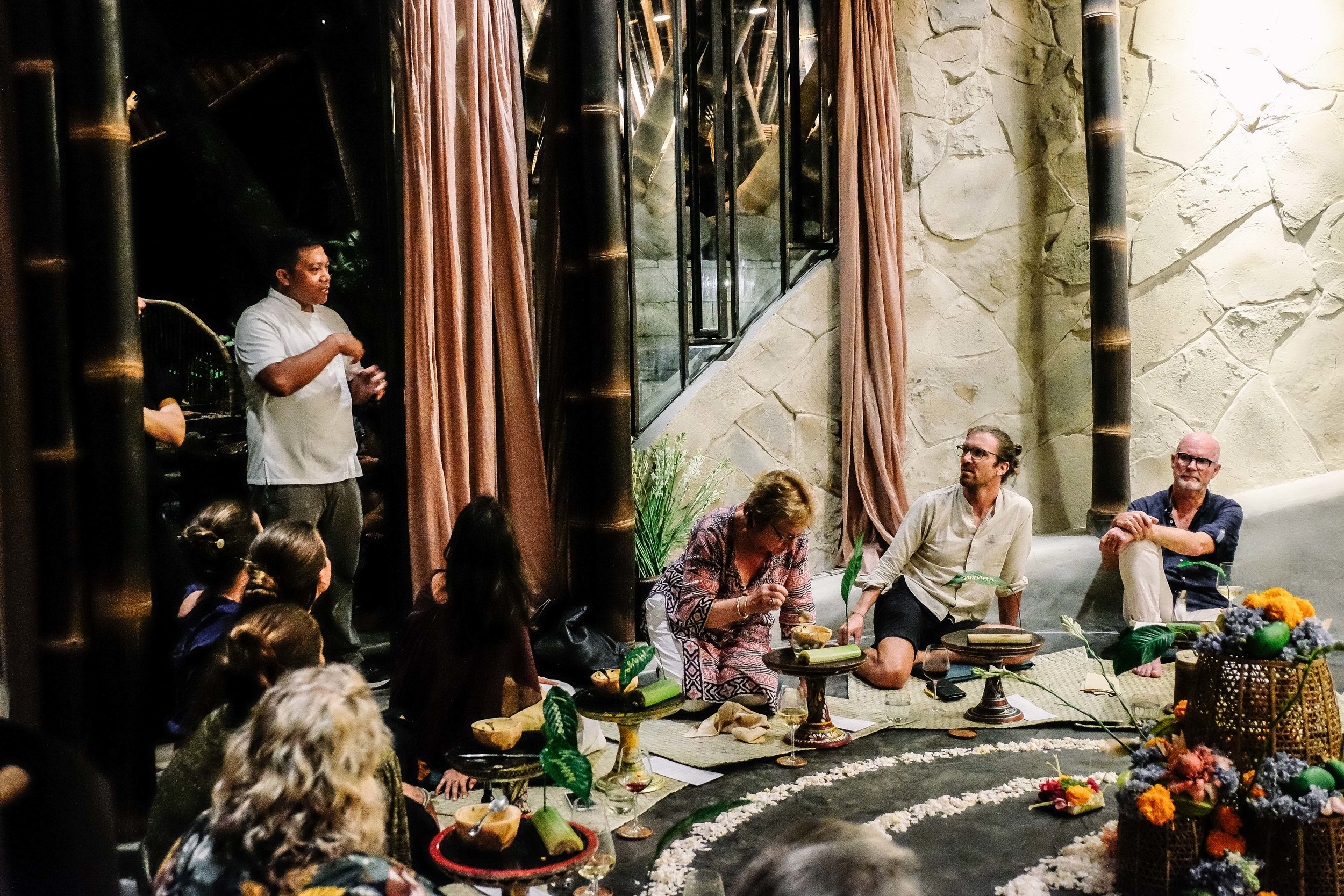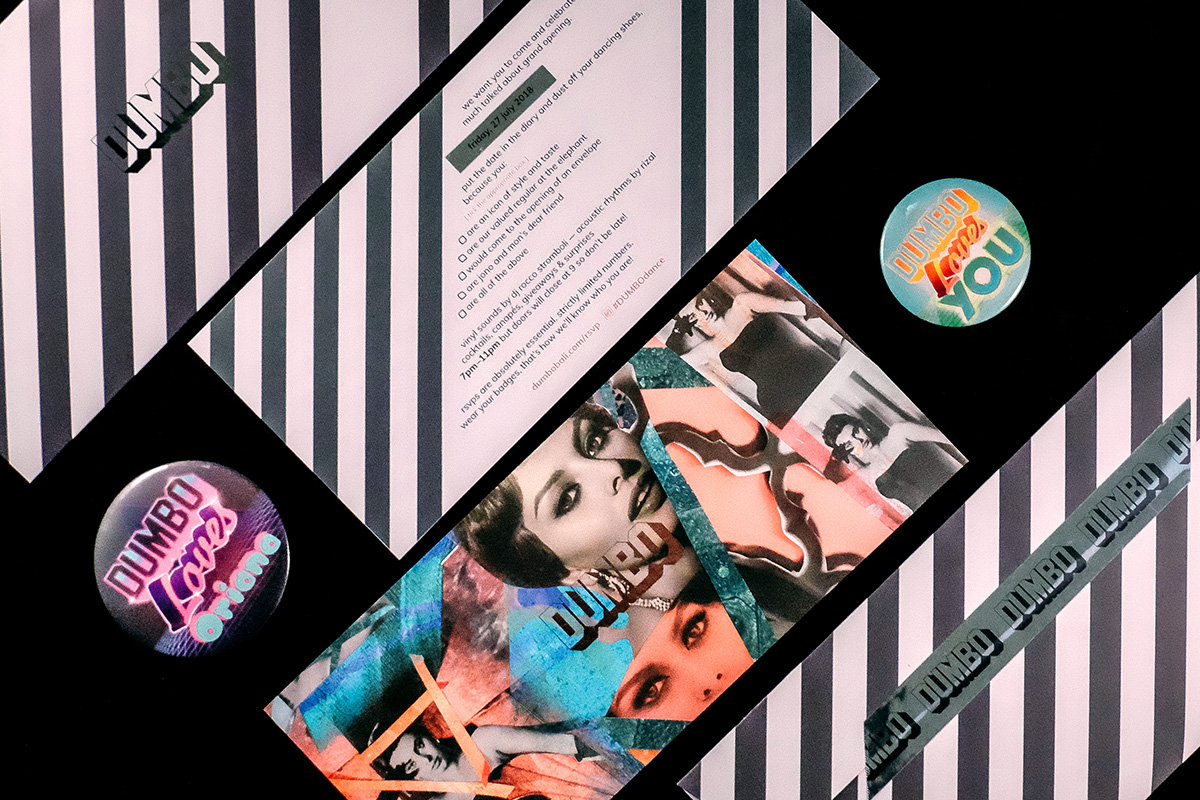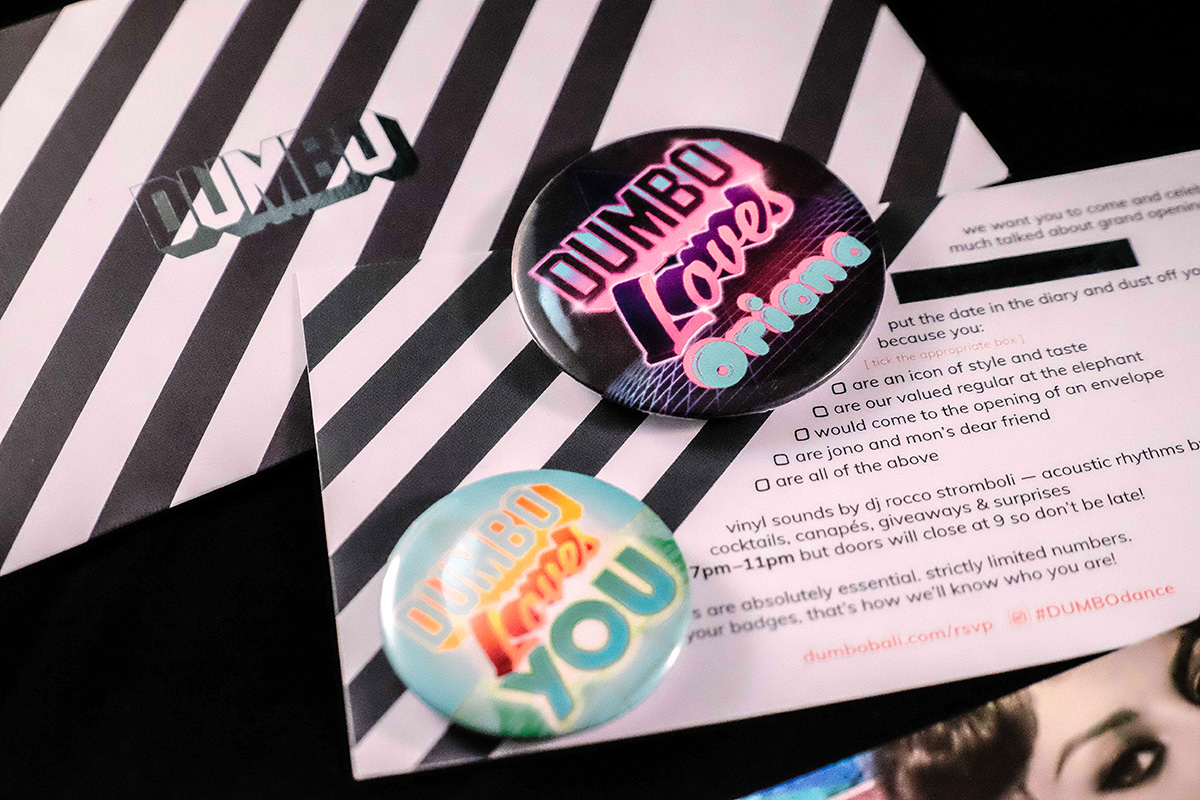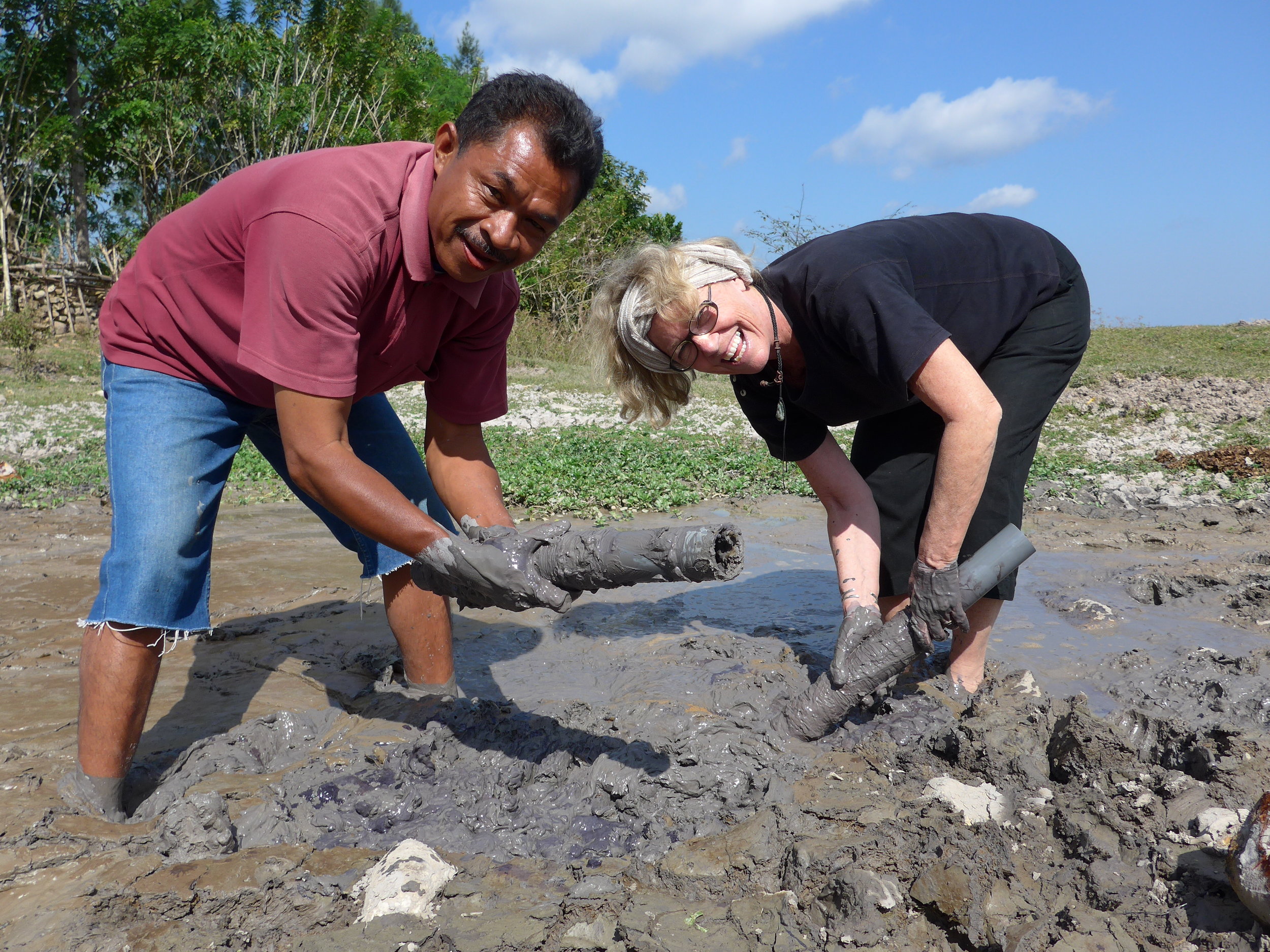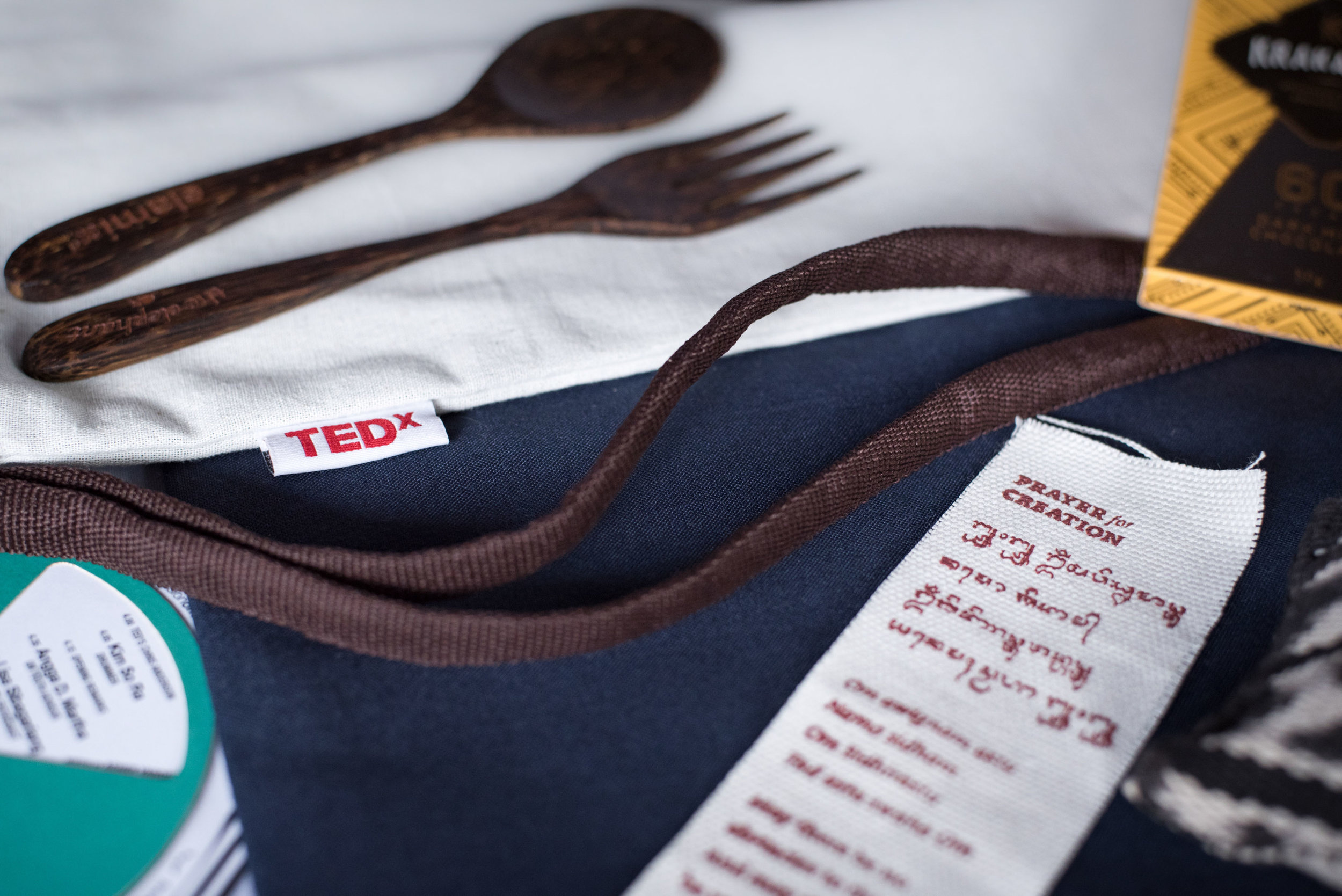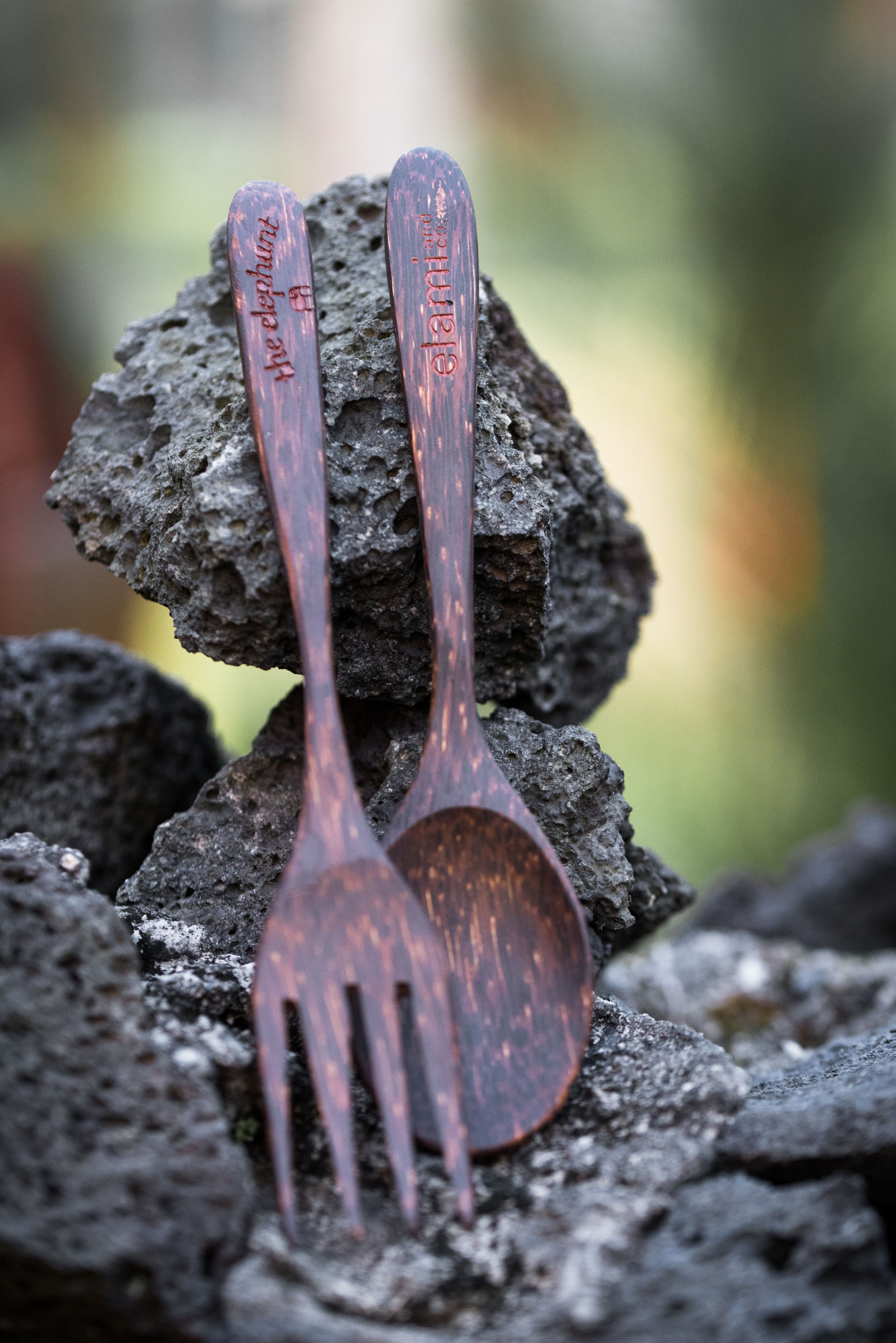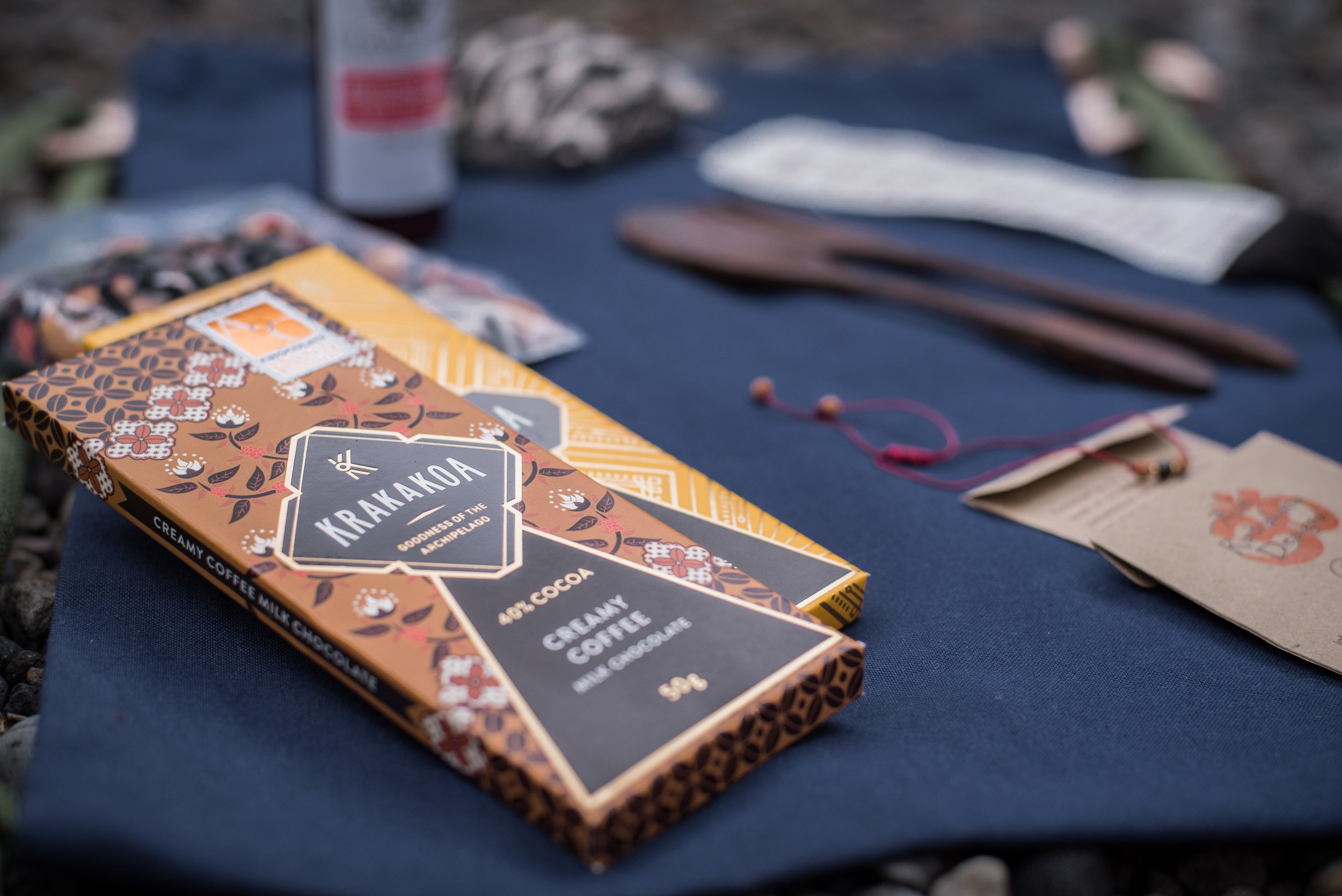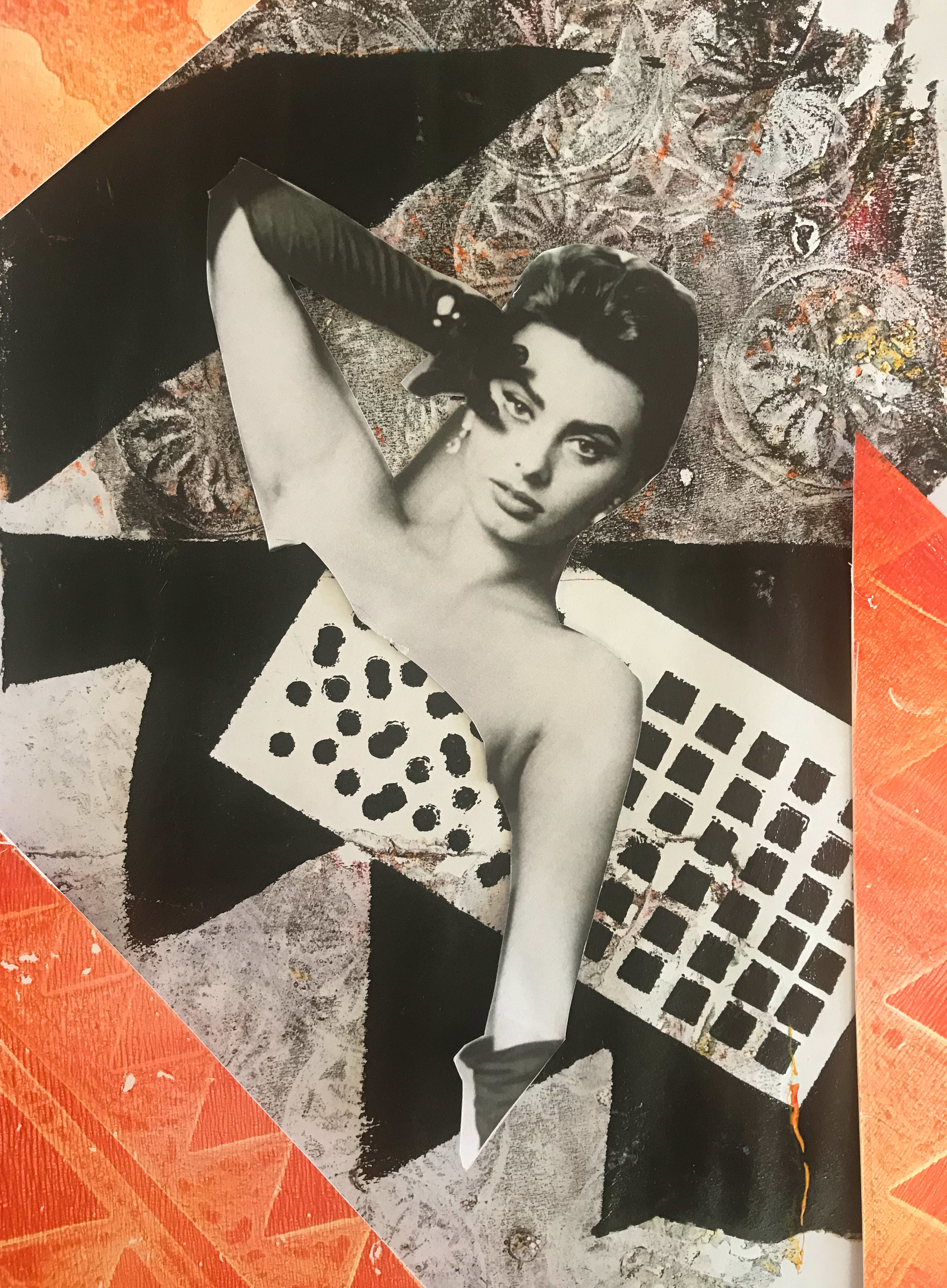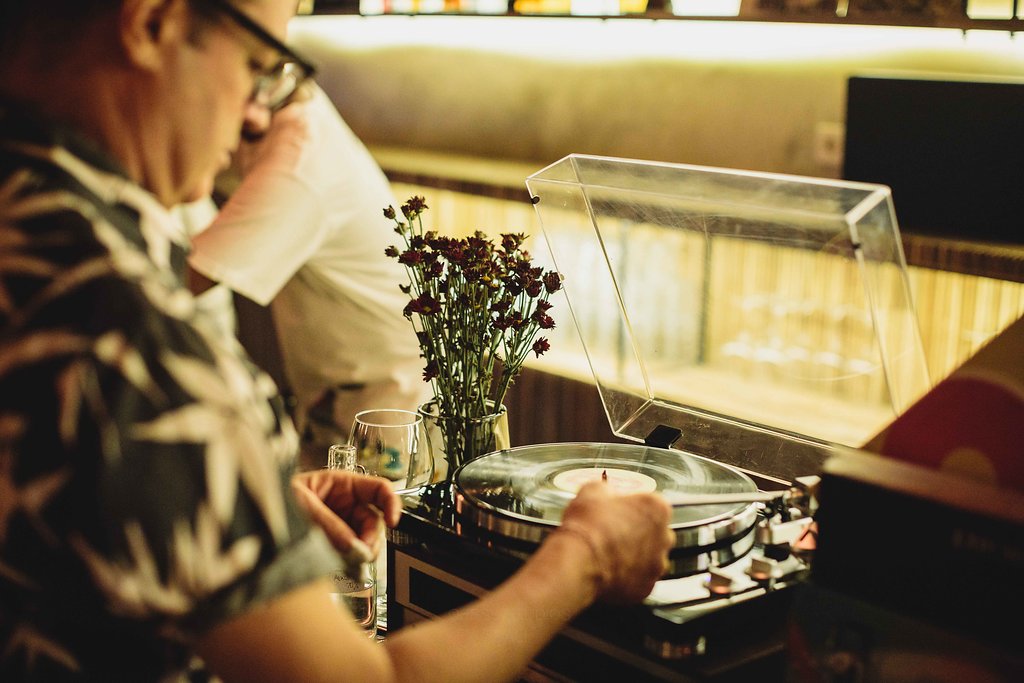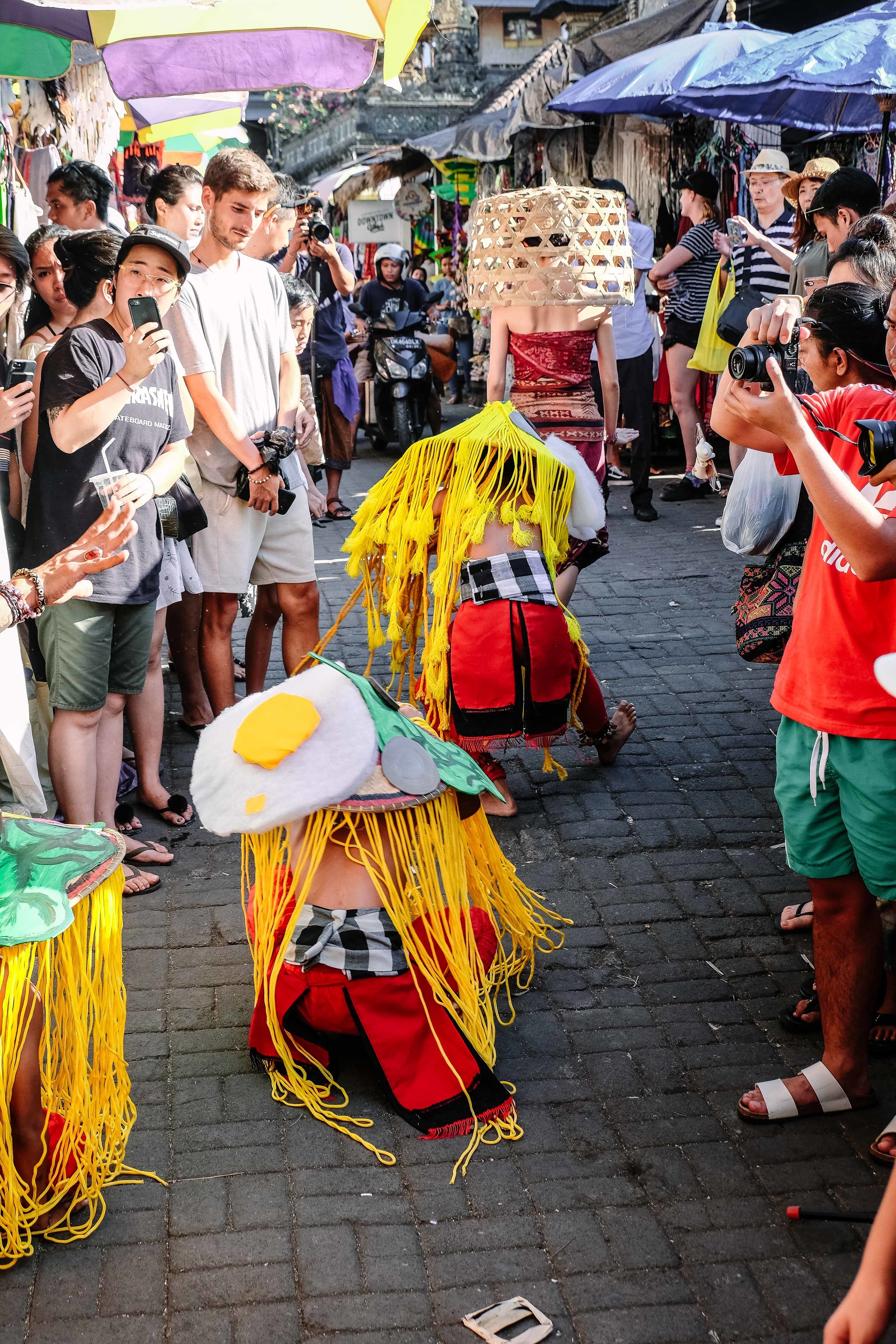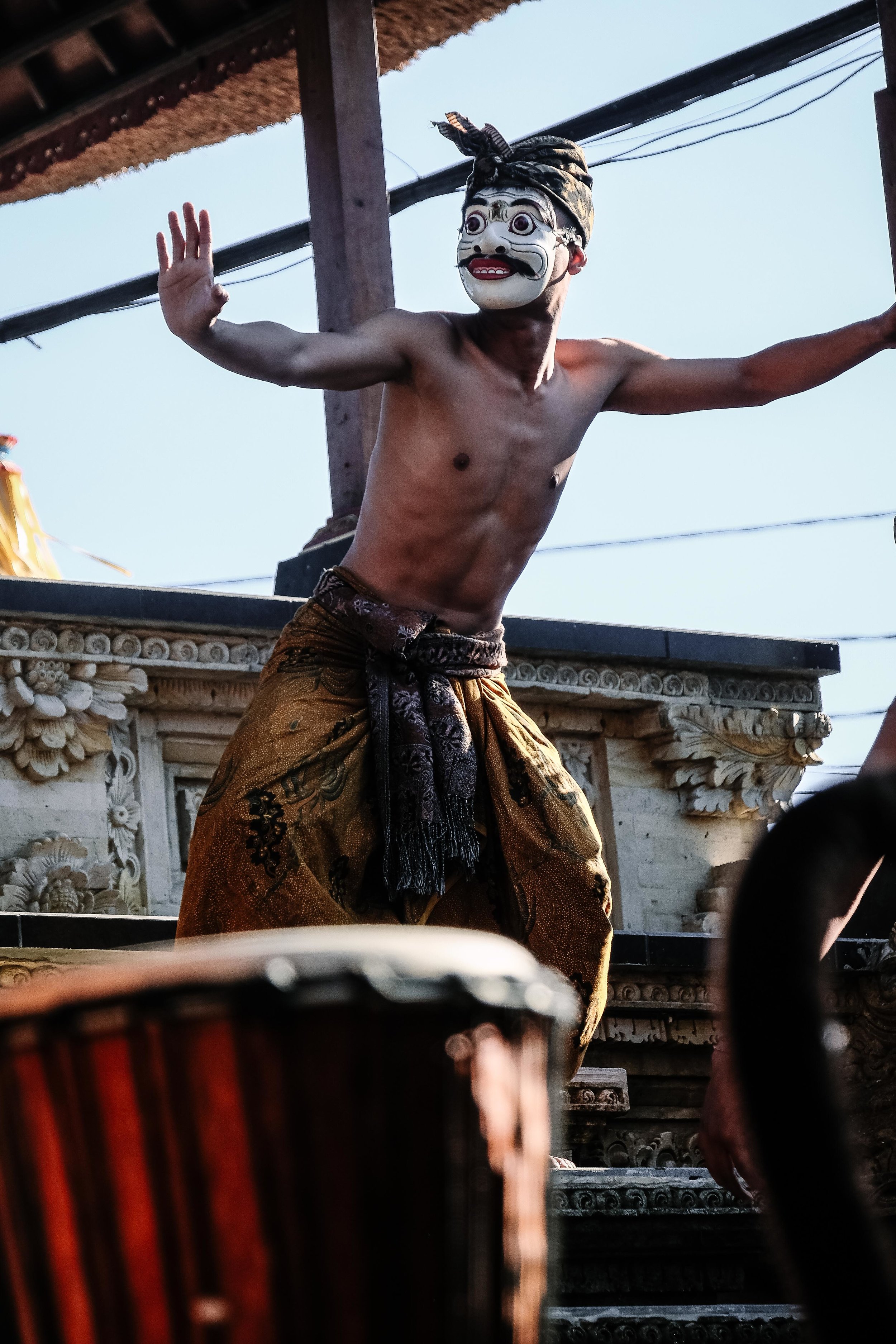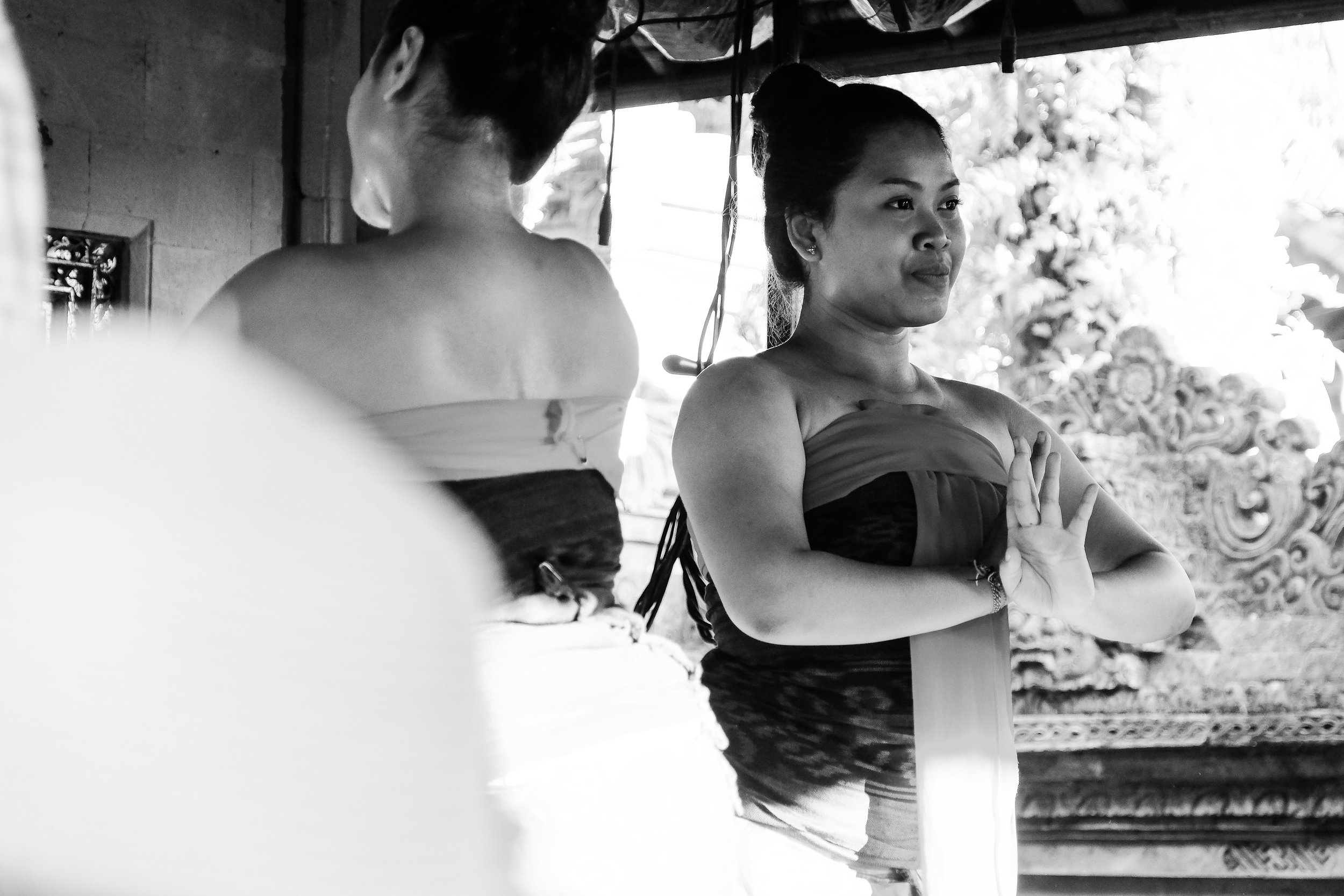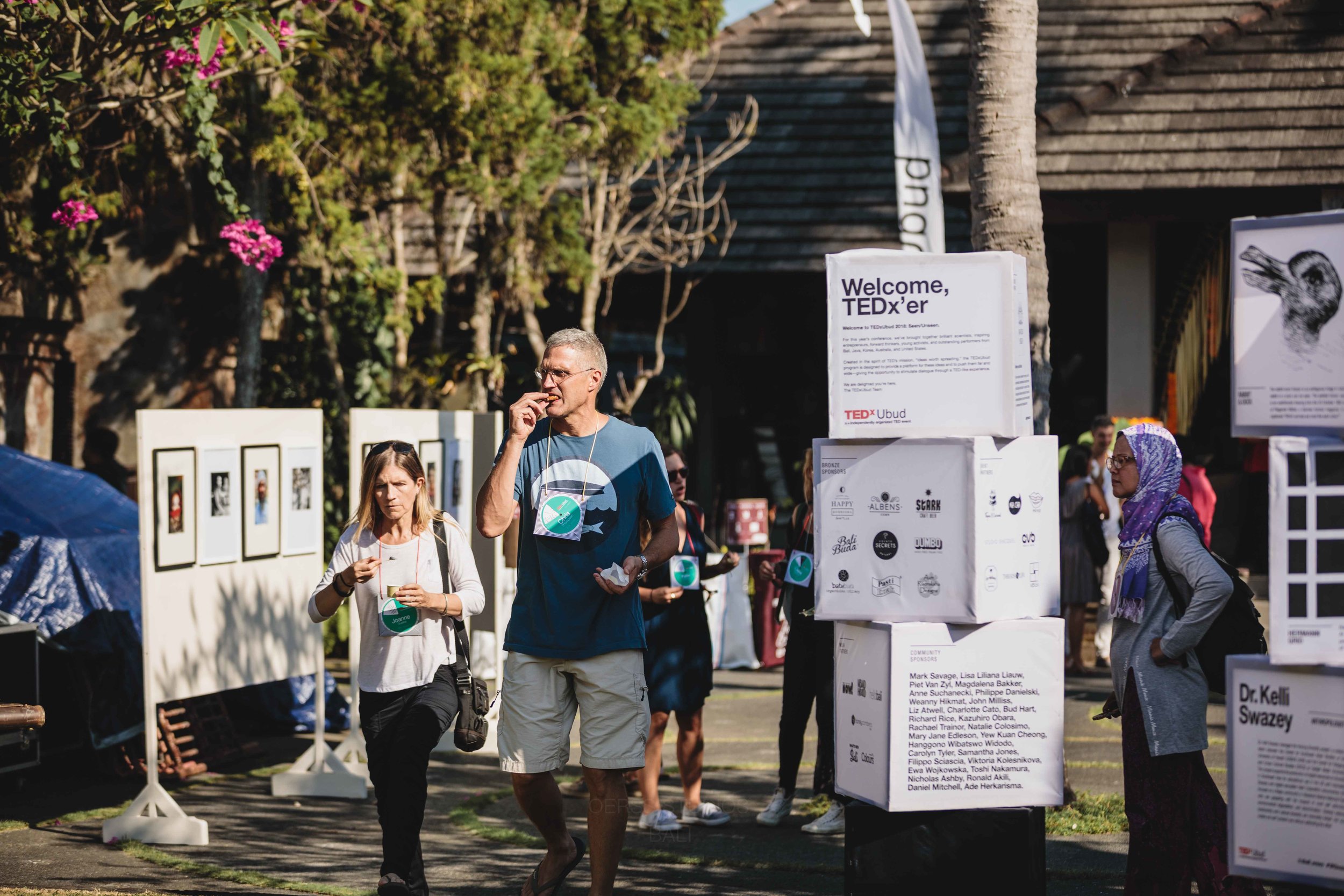The Indigo Dinner, December 15 2018
/There’s a seat with your name on it.
The Dinner Series is about connection and immersion. We’re inviting our most creative friends on a string of dining journeys which shine the spotlight on Bali’s innovative flair.
Each meal, setting and decoration has a story of its own. Every evening takes a surprise turn. We want you to talk, learn and share—but most of all, we just want you to have a good time.
The Indigo Dinner: Honouring and preserving an ancient art form
Our second Dinner Series event took us into Threads of Life’s natural plant-dye studio for a sensory exploration of all things indigo. Chef Fernando de Souza from Mana Uluwatu designed a vibrant menu with a nod to the various cultures that work with this wonder-plant.
There were big flavours, great conversation and, yes, lots and lots of indigo.
Our collaborators
Threads of Life
For over 17 years, Threads of Life has worked to conserve the precious basket and textile arts of Indonesia by commissioning local weavers. Founders William Ingram, I Made Pung and Jean Howe work with over 1,000 women on 11 islands across the archipelago. They help them to manage their resources, form local coops, recover and preserve the skills of their ancestors and work in fair environments. Their Ubud Gallery offers a deeply educational insight into Indonesia’s myriad textile traditions. At their studio in Petulu, they take the learning experience even further, through immersive workshops spanning batik, dyeing and weaving using all-natural fibres and dyes.
Mana Uluwatu
The latest venture from Drifter’s Tim and Seewah Russo, Mana is just the kind of sharp, thoughtful restaurant the Bukit has been waiting for. The kitchen, headed by Fernando De Souza, draws from the various cuisines of Asia and South America. The result was a menu that’s equal parts fresh, soulful, and sophisticated, with a healthy dose of laid-backness thrown in for good measure. De Souza has a stellar repertoire, having cooked aside the likes of Jean-Georges at New York’s Perry Street and Bali’s own Agung Nugroho At Chandi, Fat Gajah and Arang Sate Bar. For The Indigo Dinner, he touched on the flavours of India, Japan, Indonesia and Peru.
We created table settings featuring indigo dyed threads, handspun cotton from Java, indigo placemats created by Threads of Life, hand-painted place settings, and traditional clay dye pots, all under a canopy of indgo-dyed cloth. The menus were hand-lettered and then screen-printed onto cloth.
Jasmine Okubo performed and held the audience spellbound as she danced a specially created piece inspired by the human-nature connection.
The Dinner Series is co-curated with Maya Kerthyasa.



